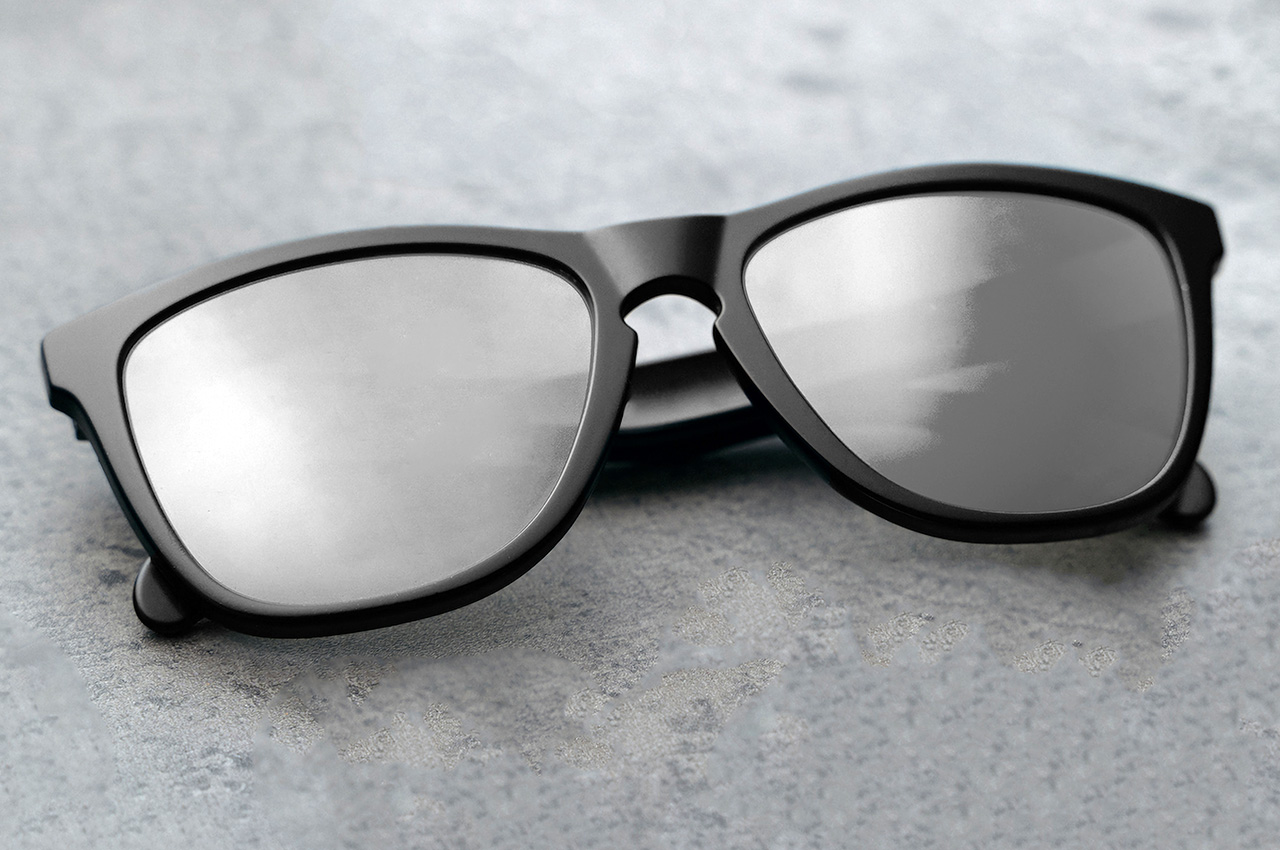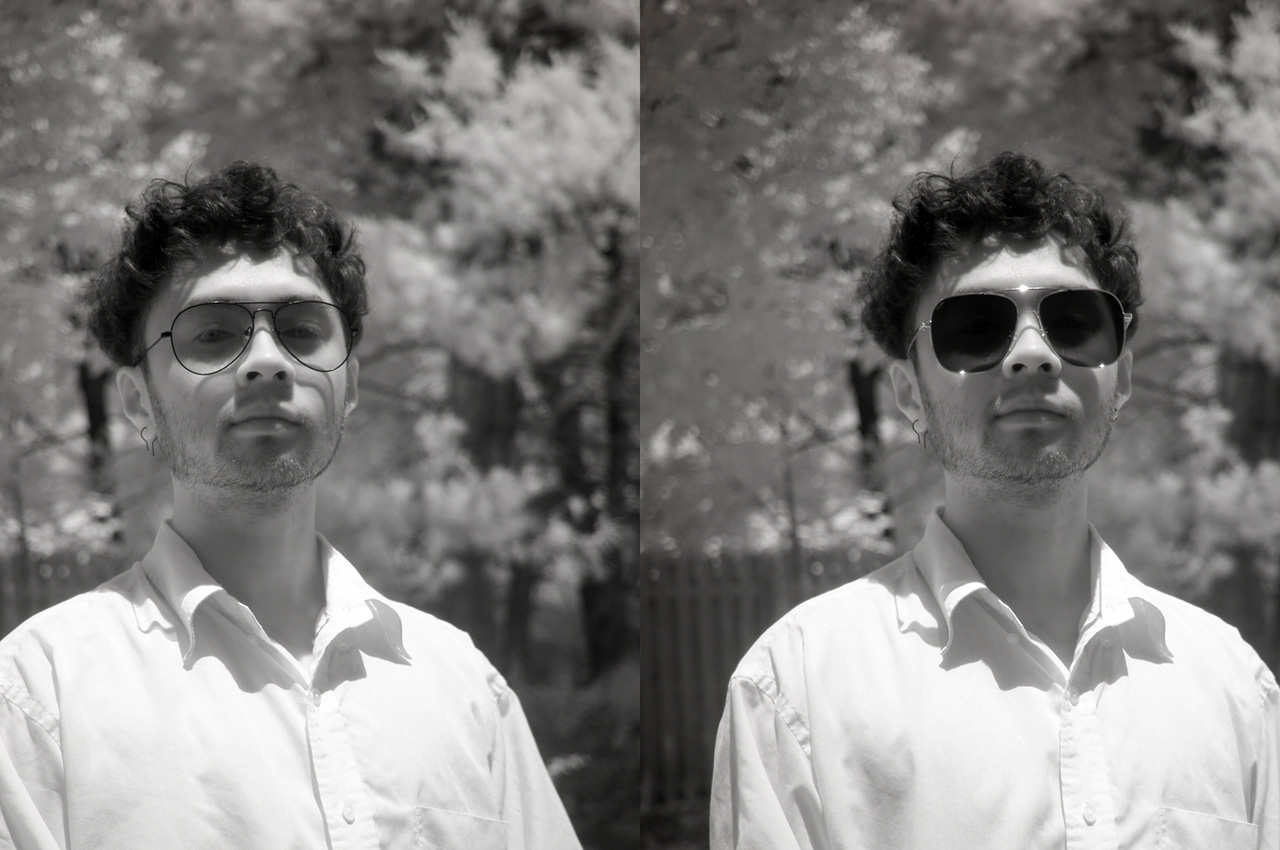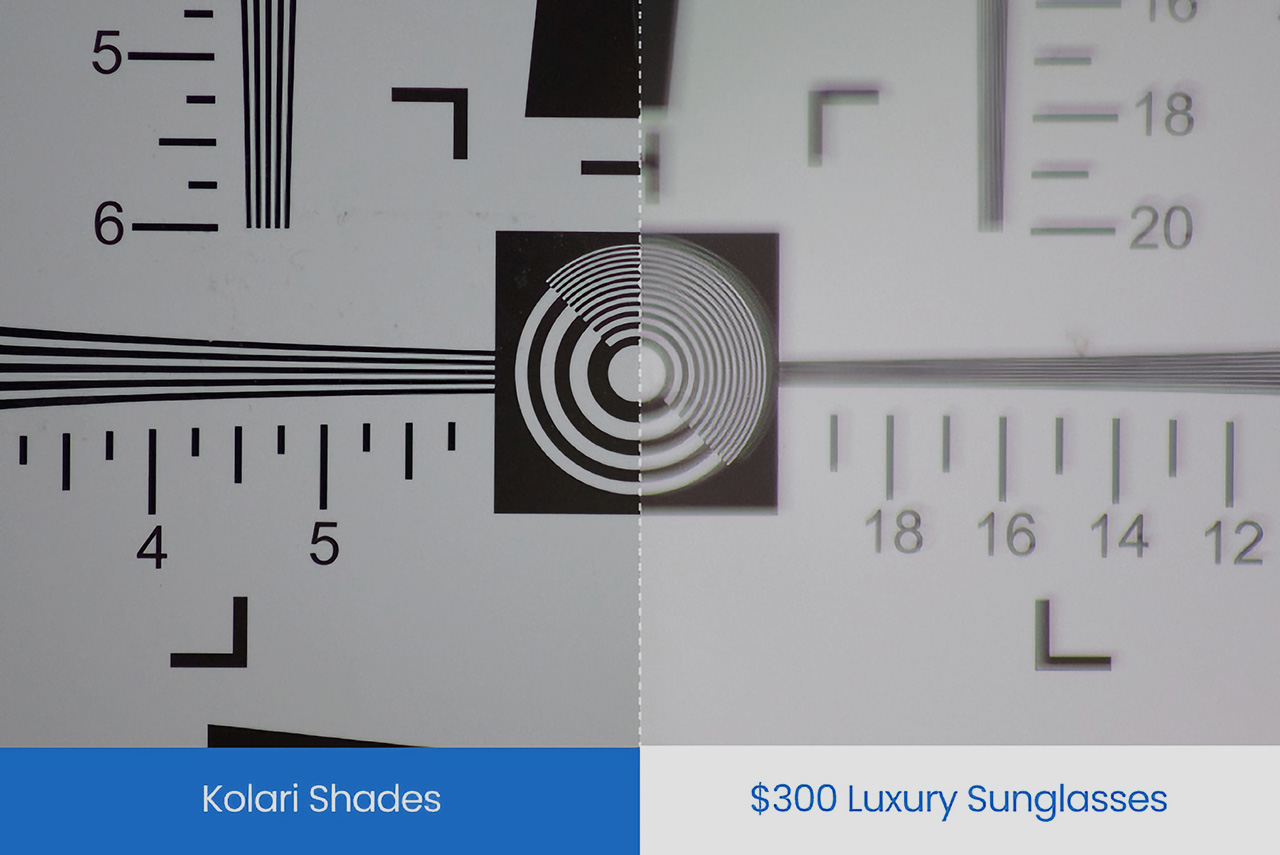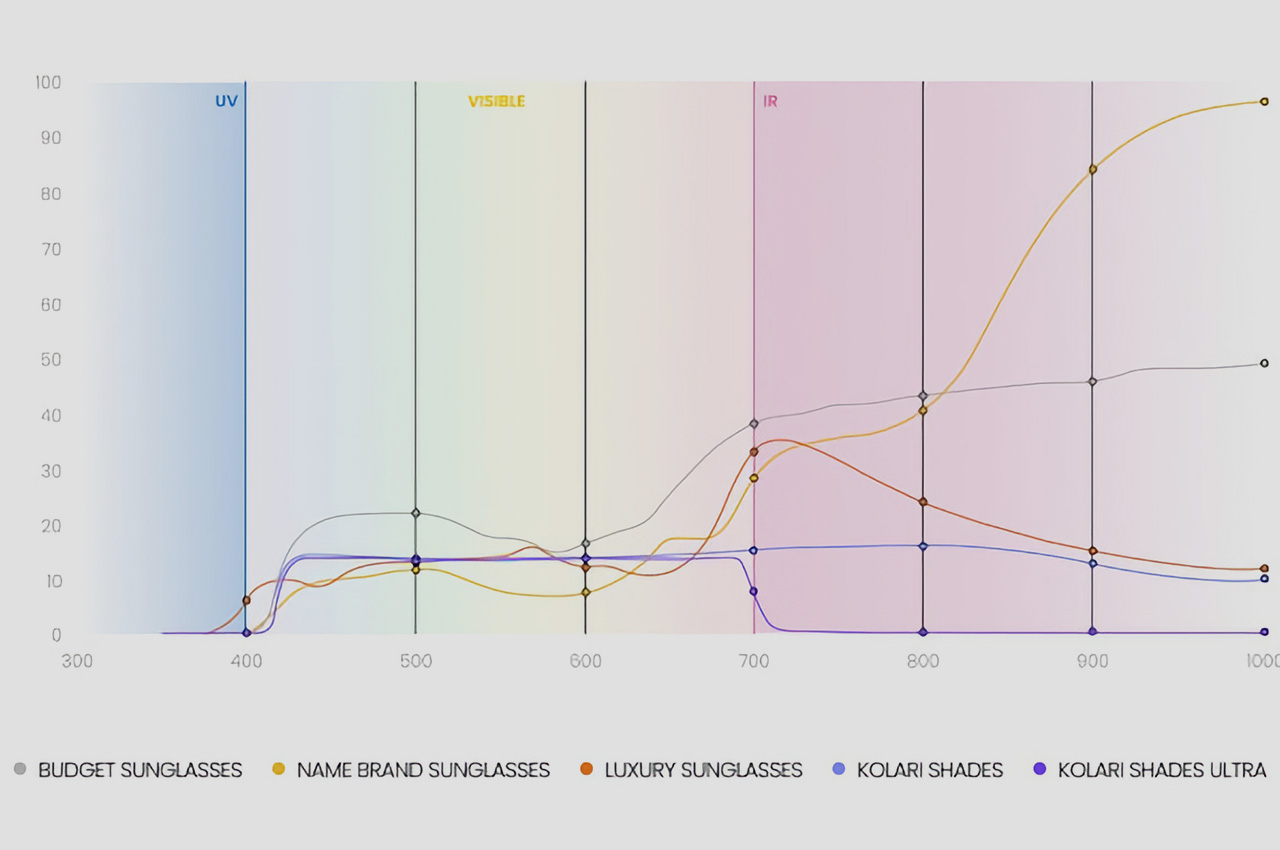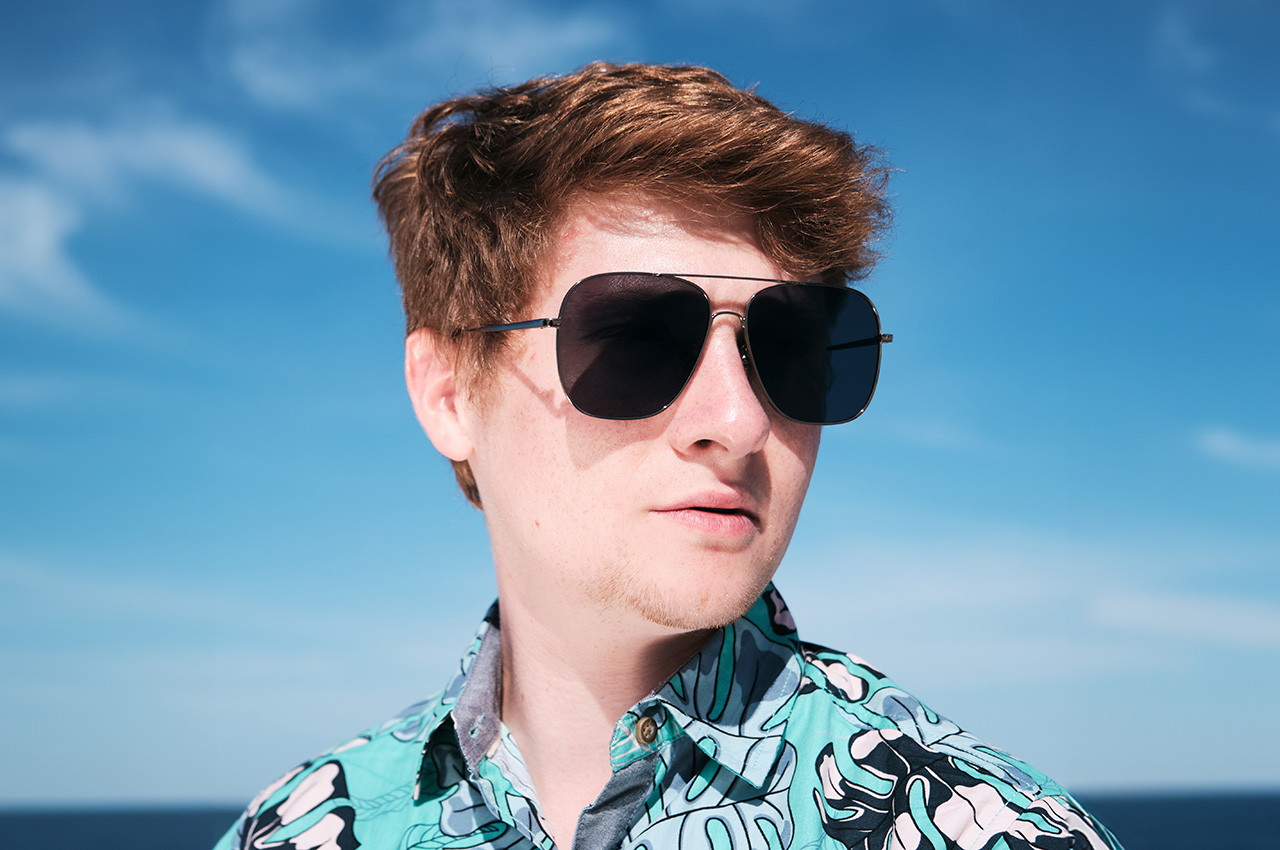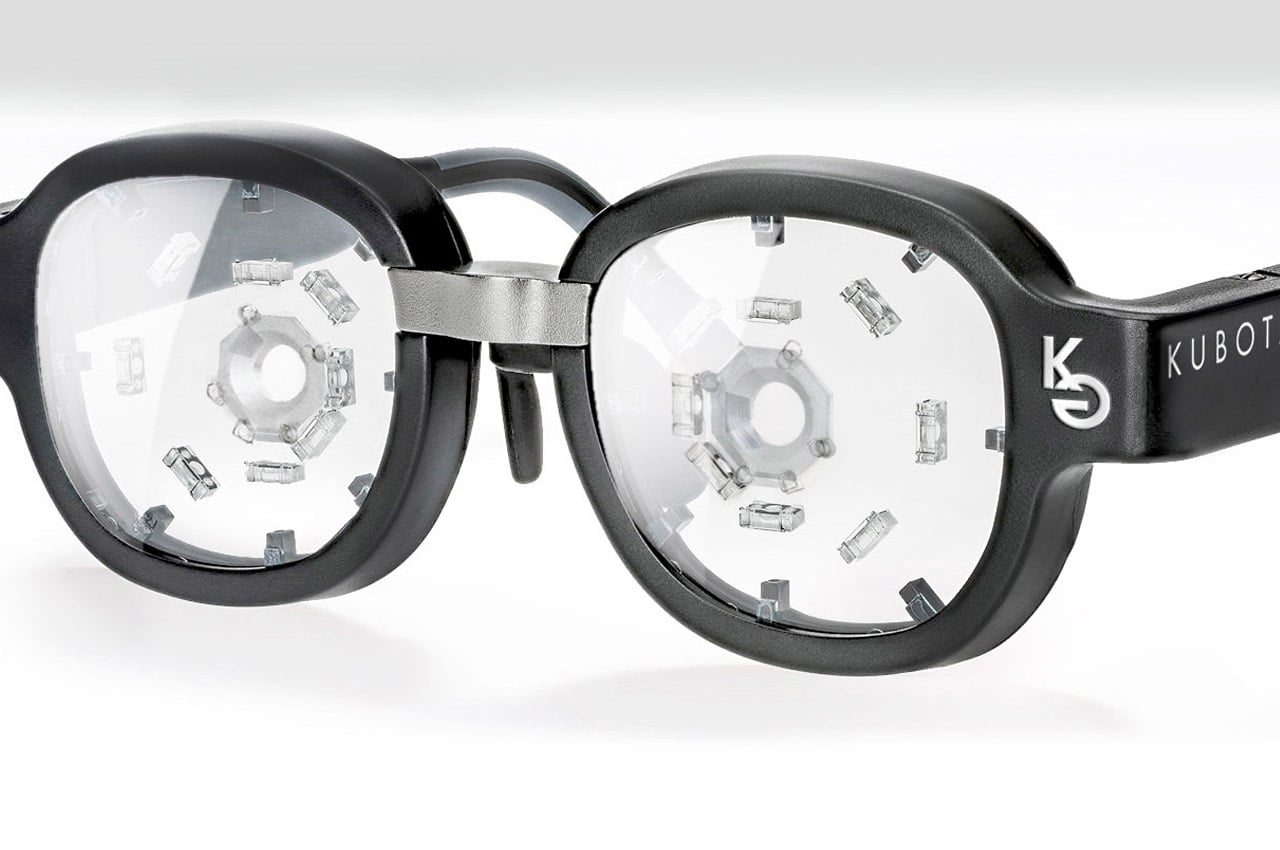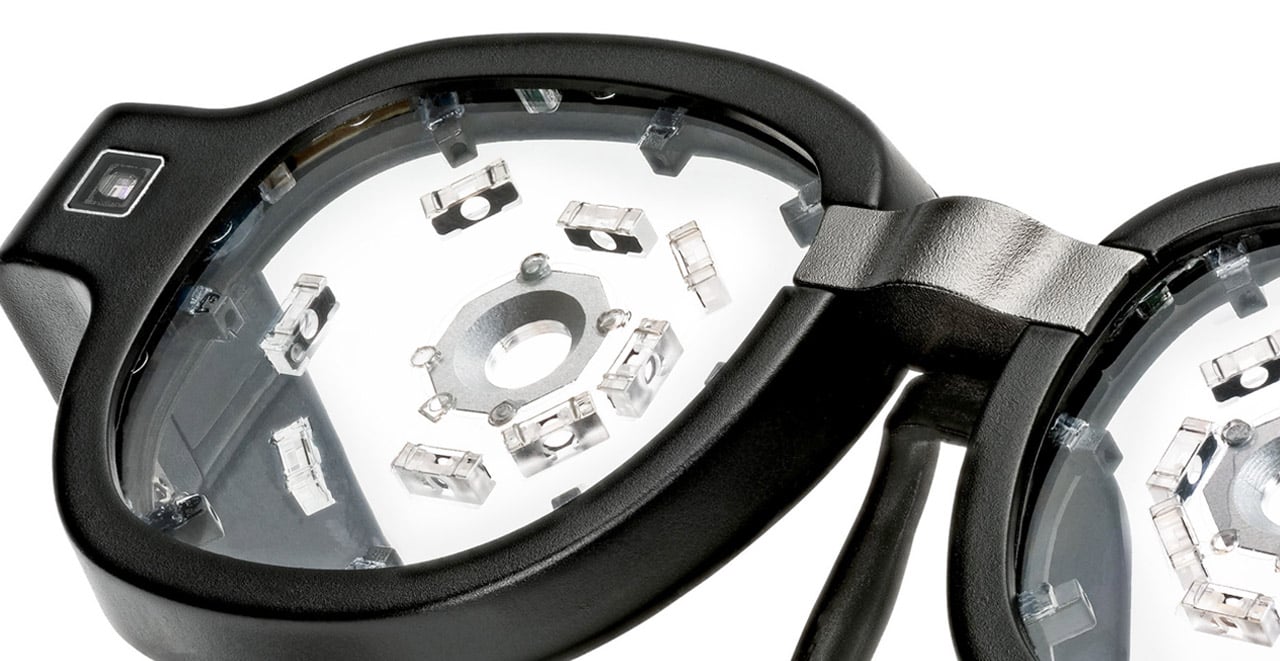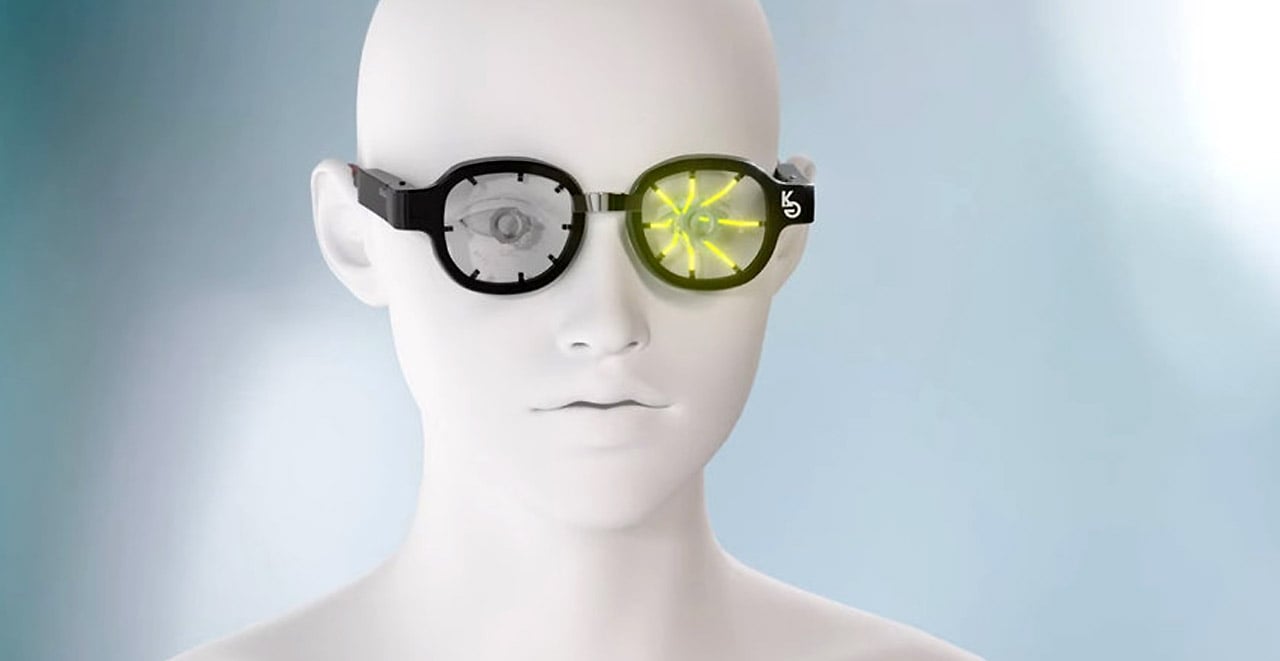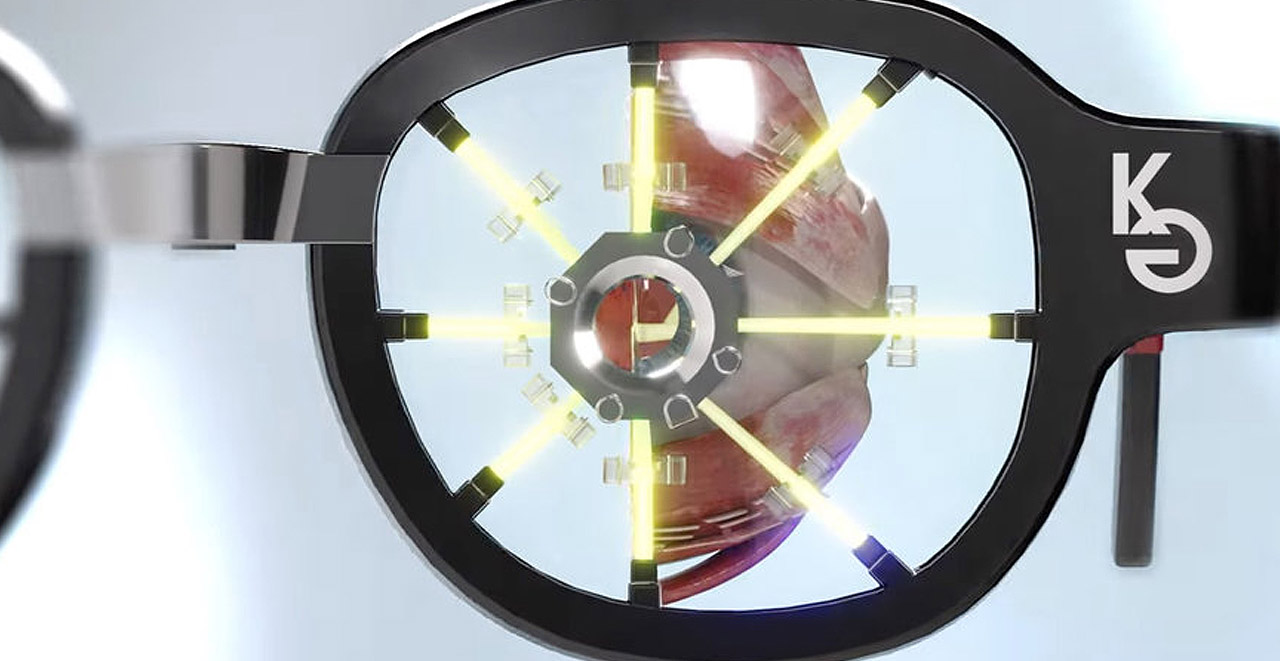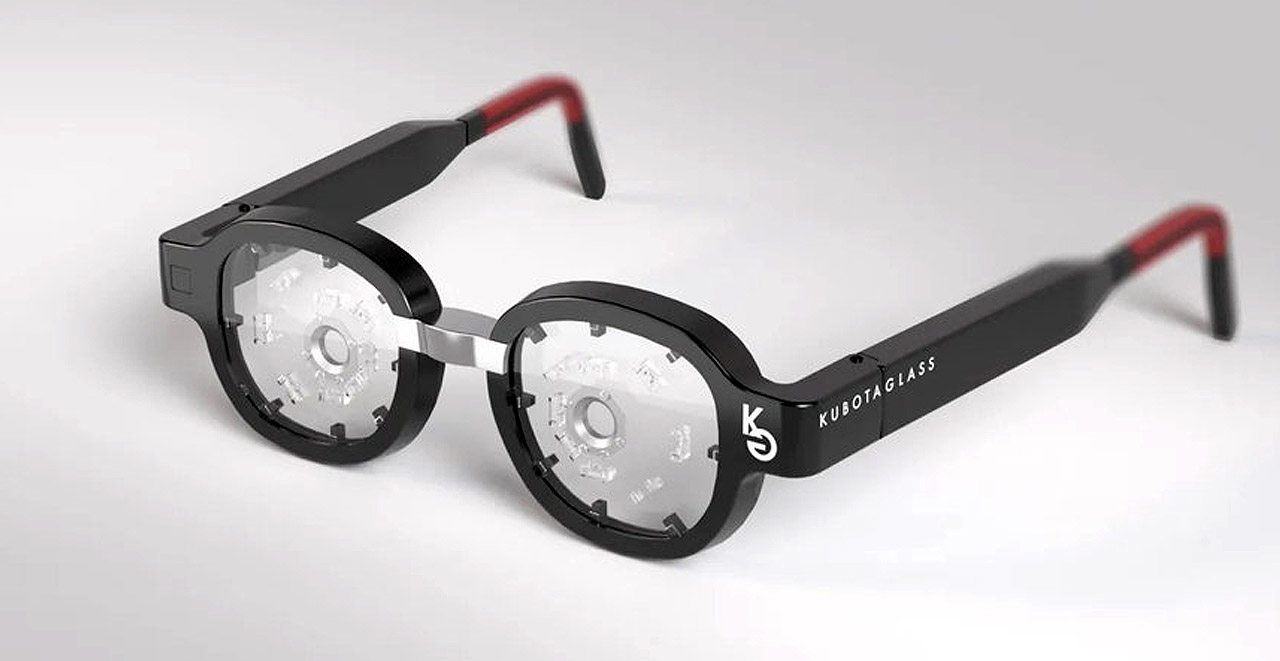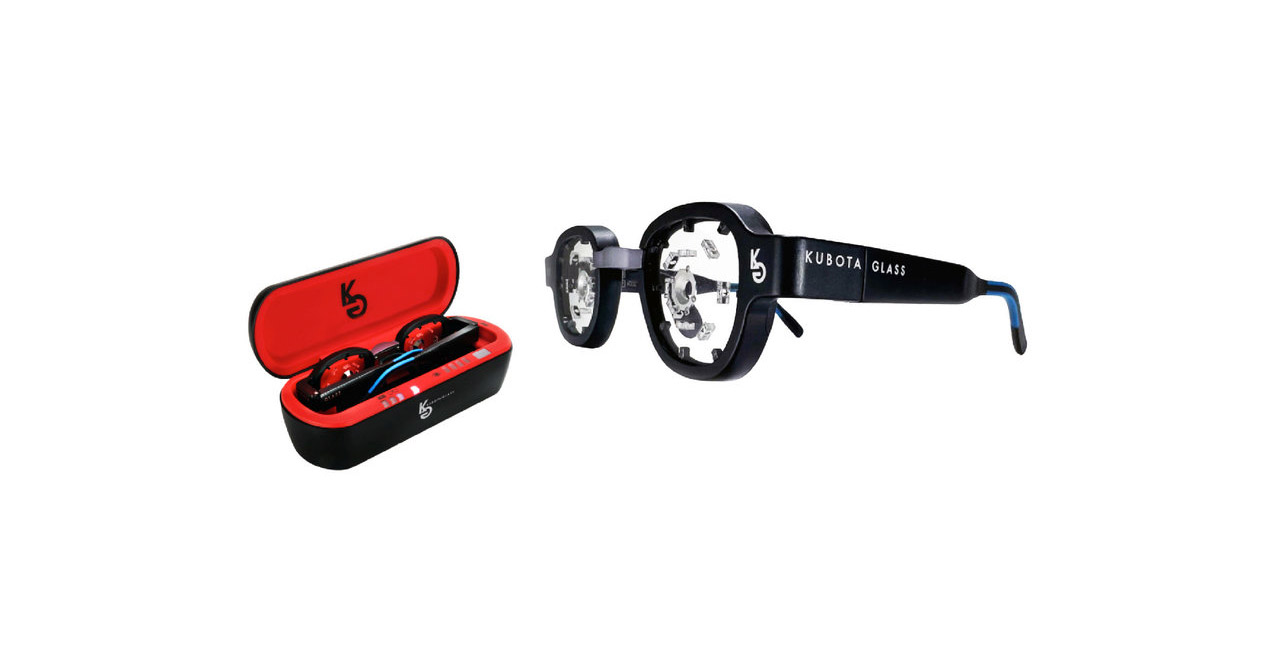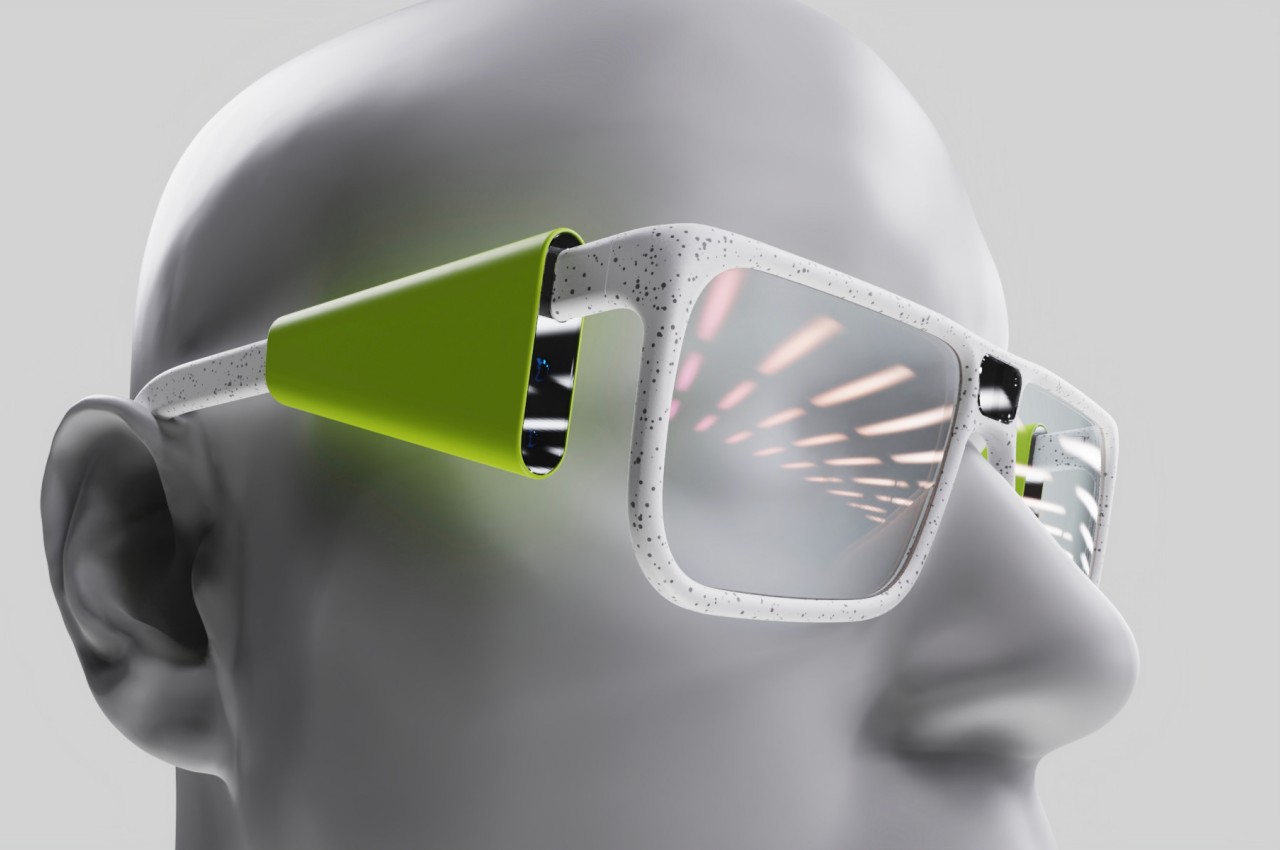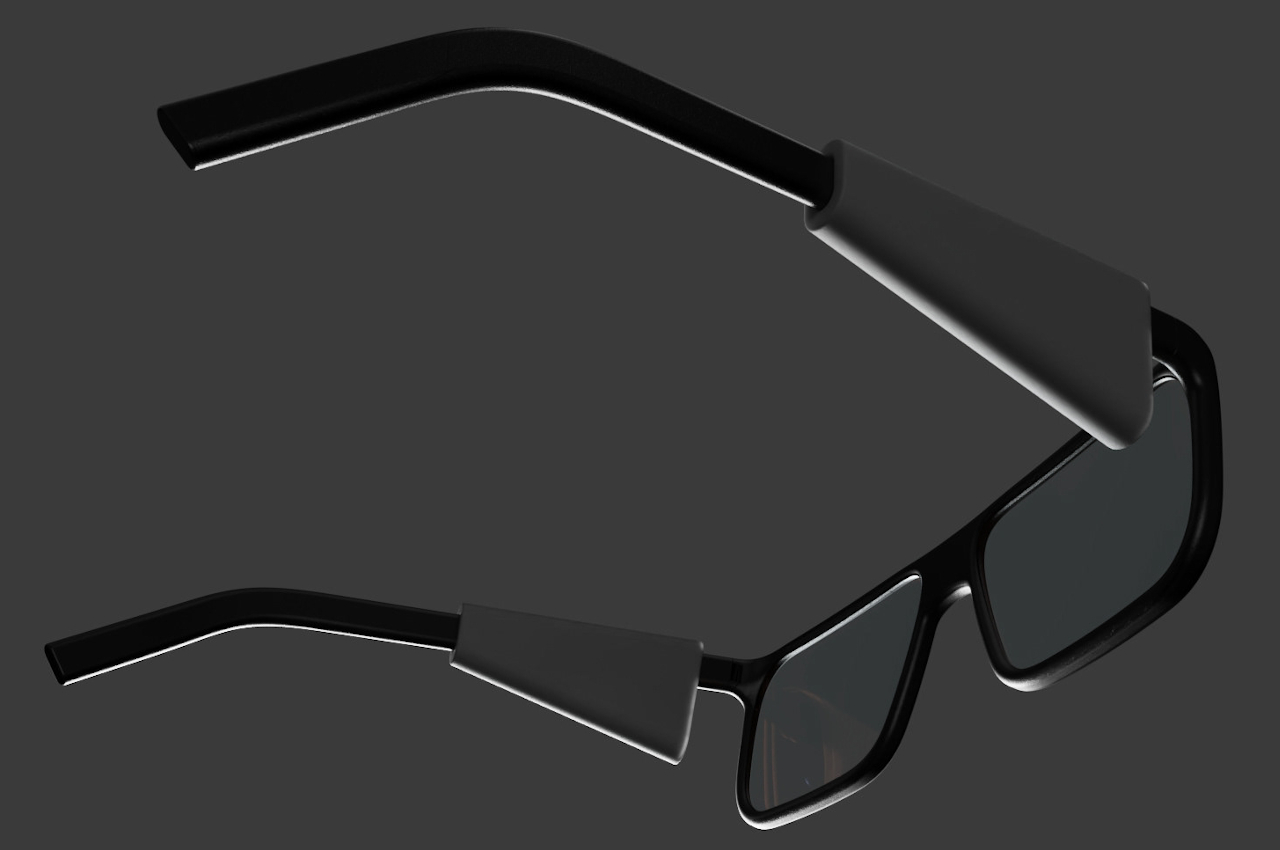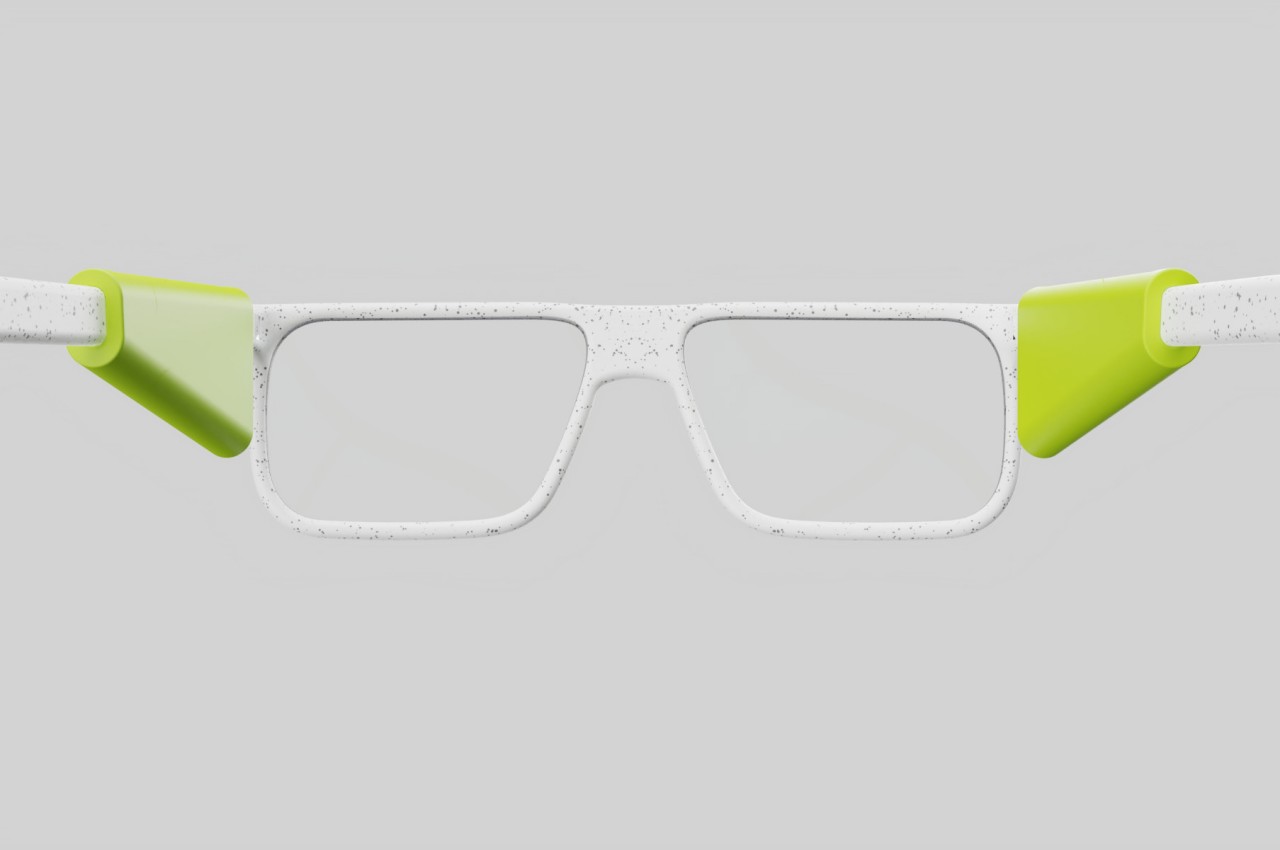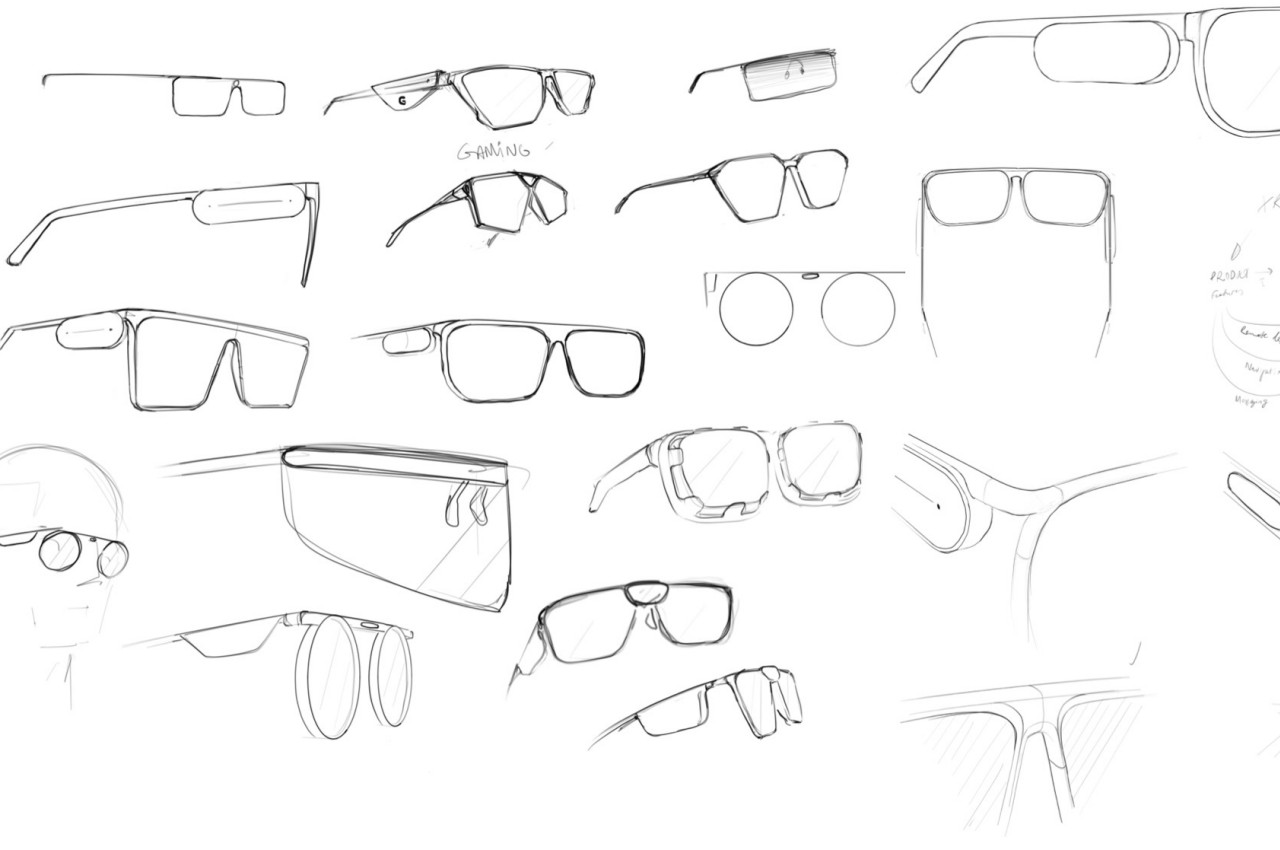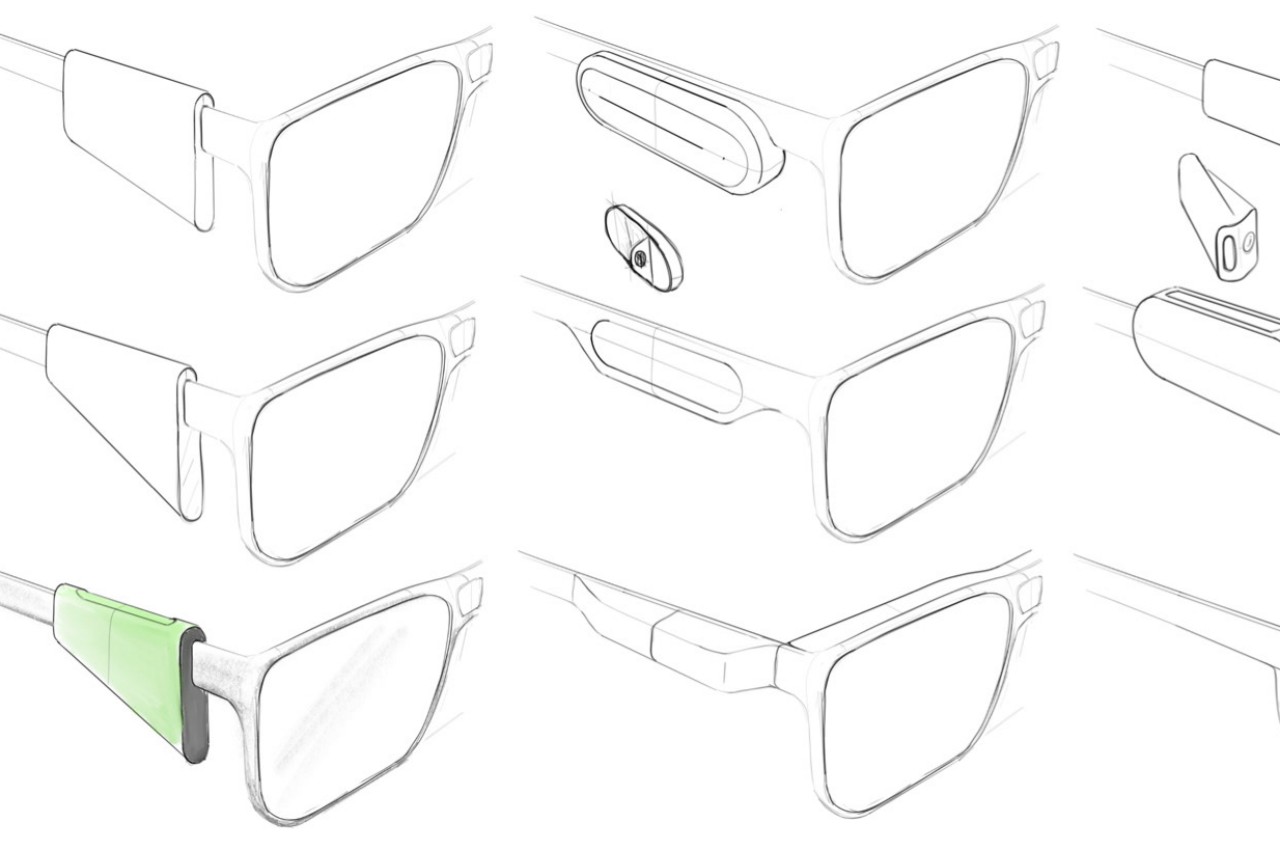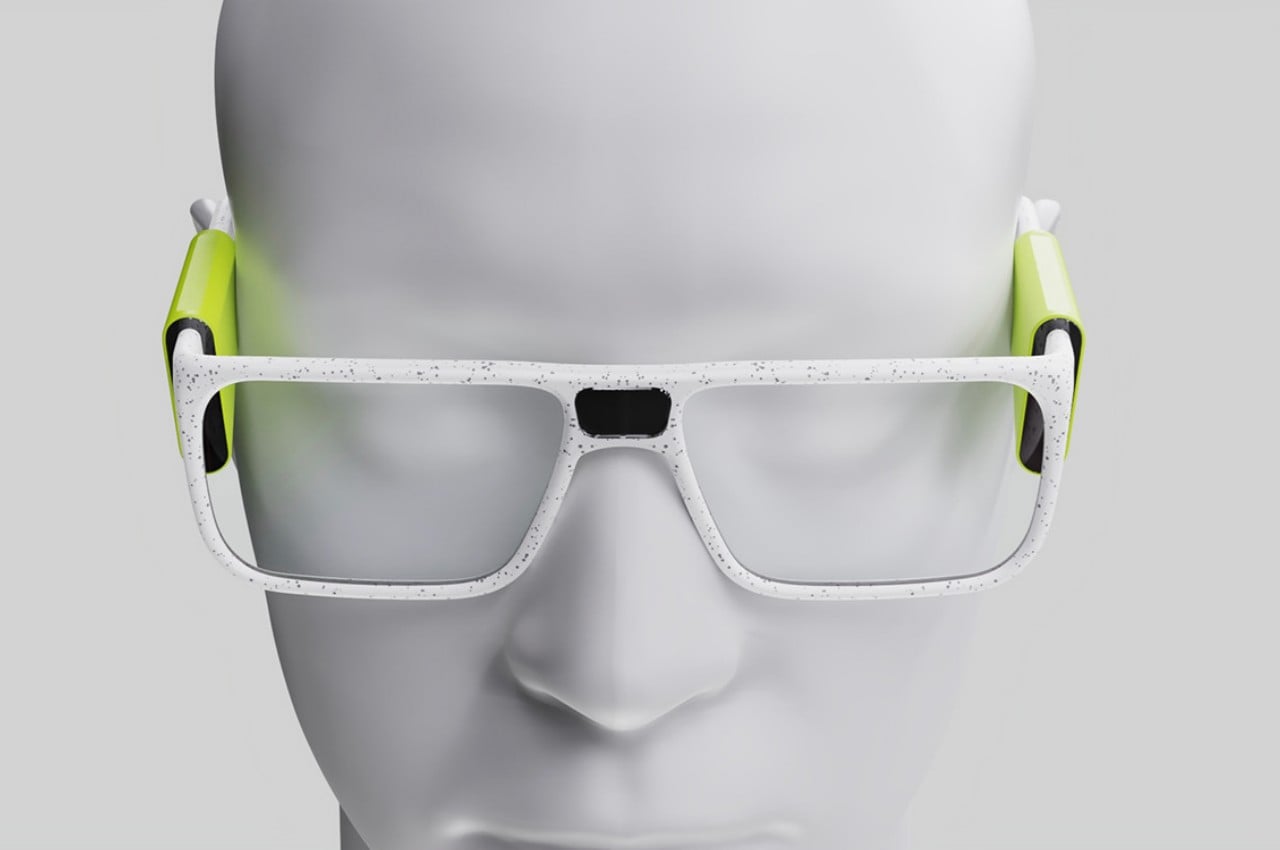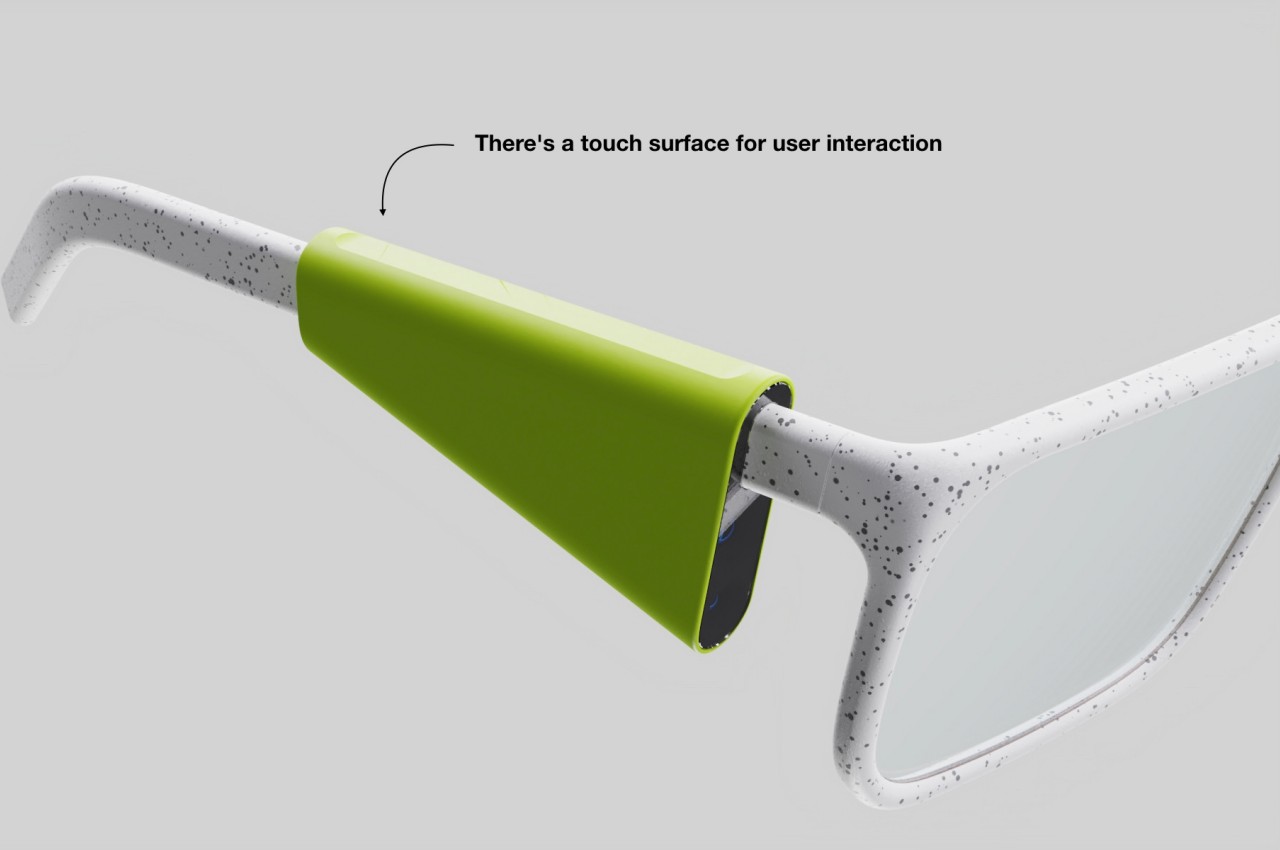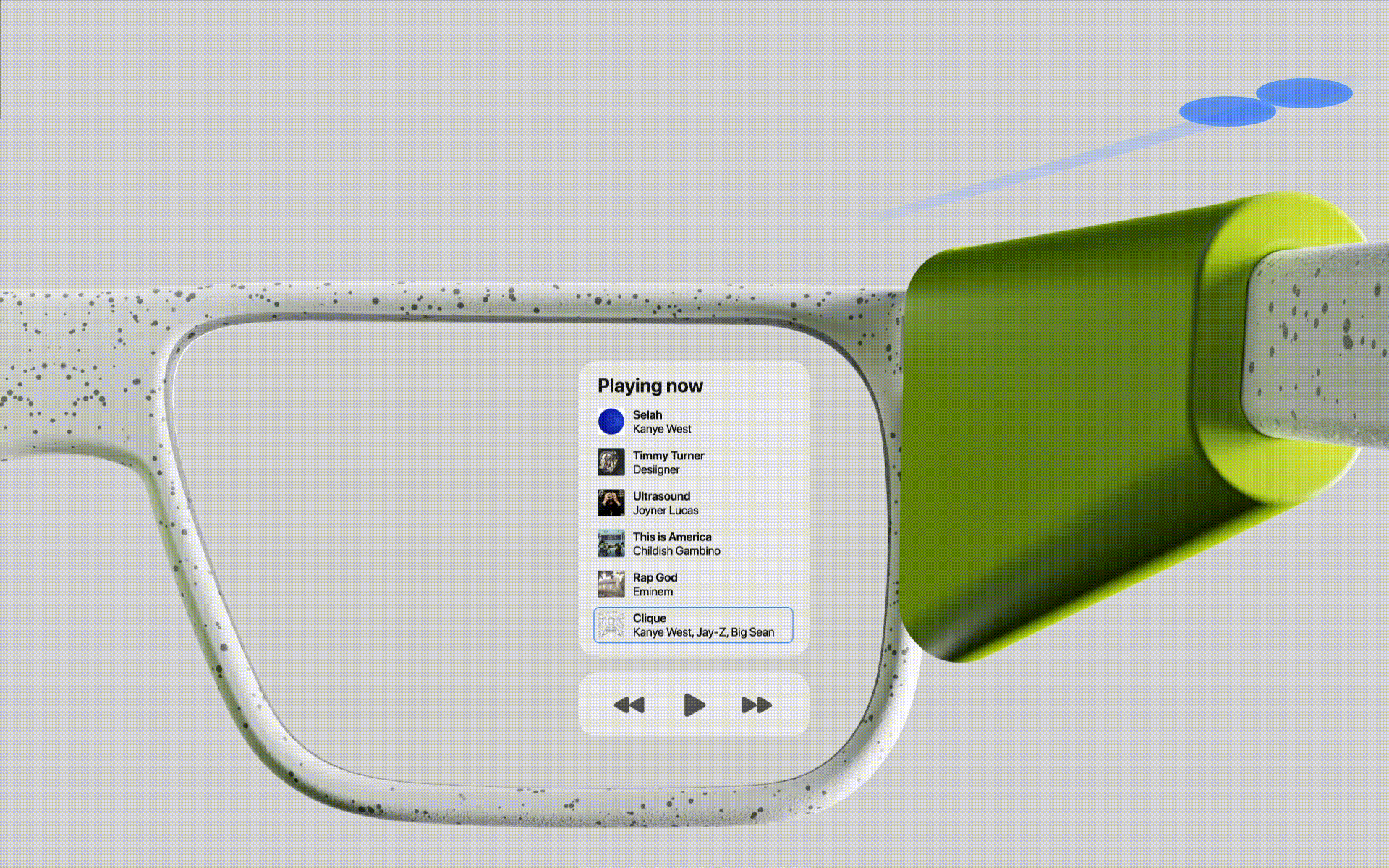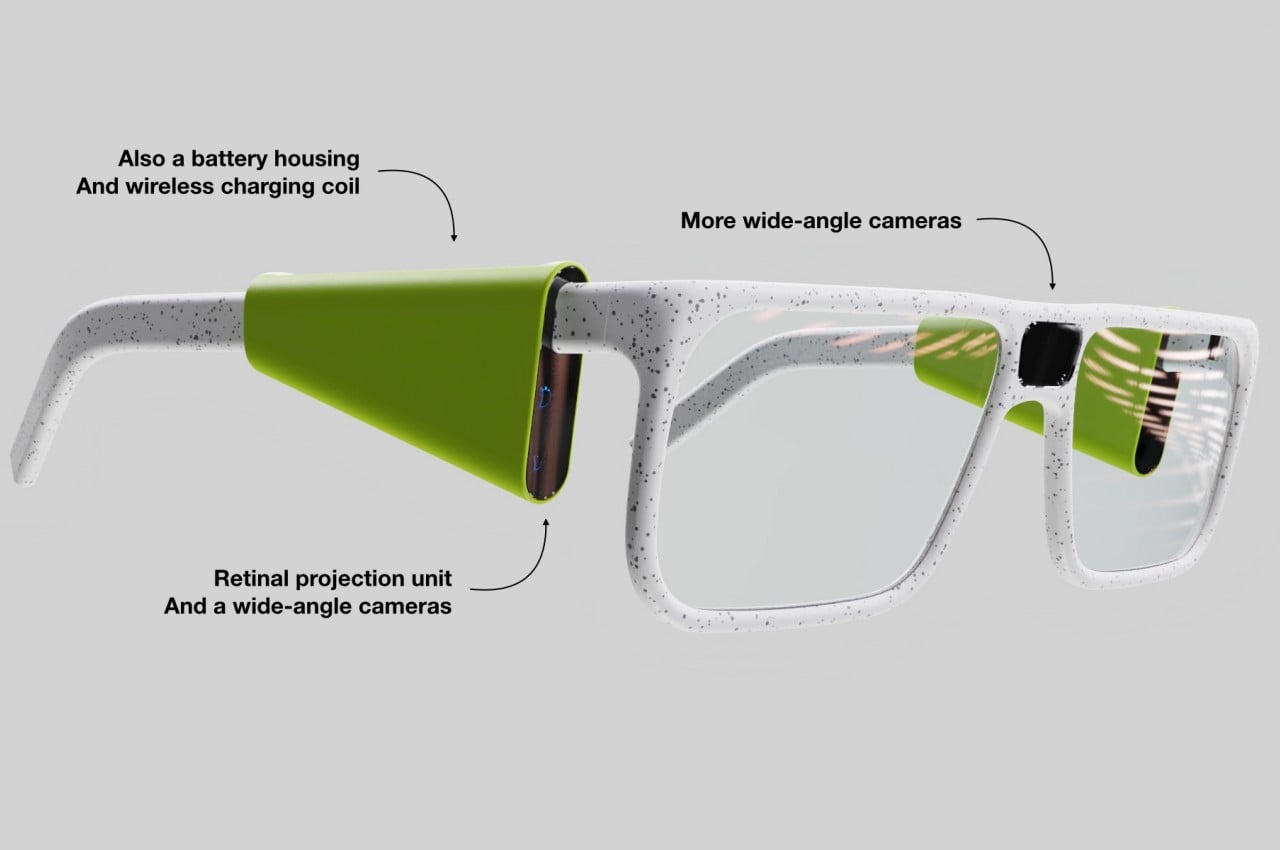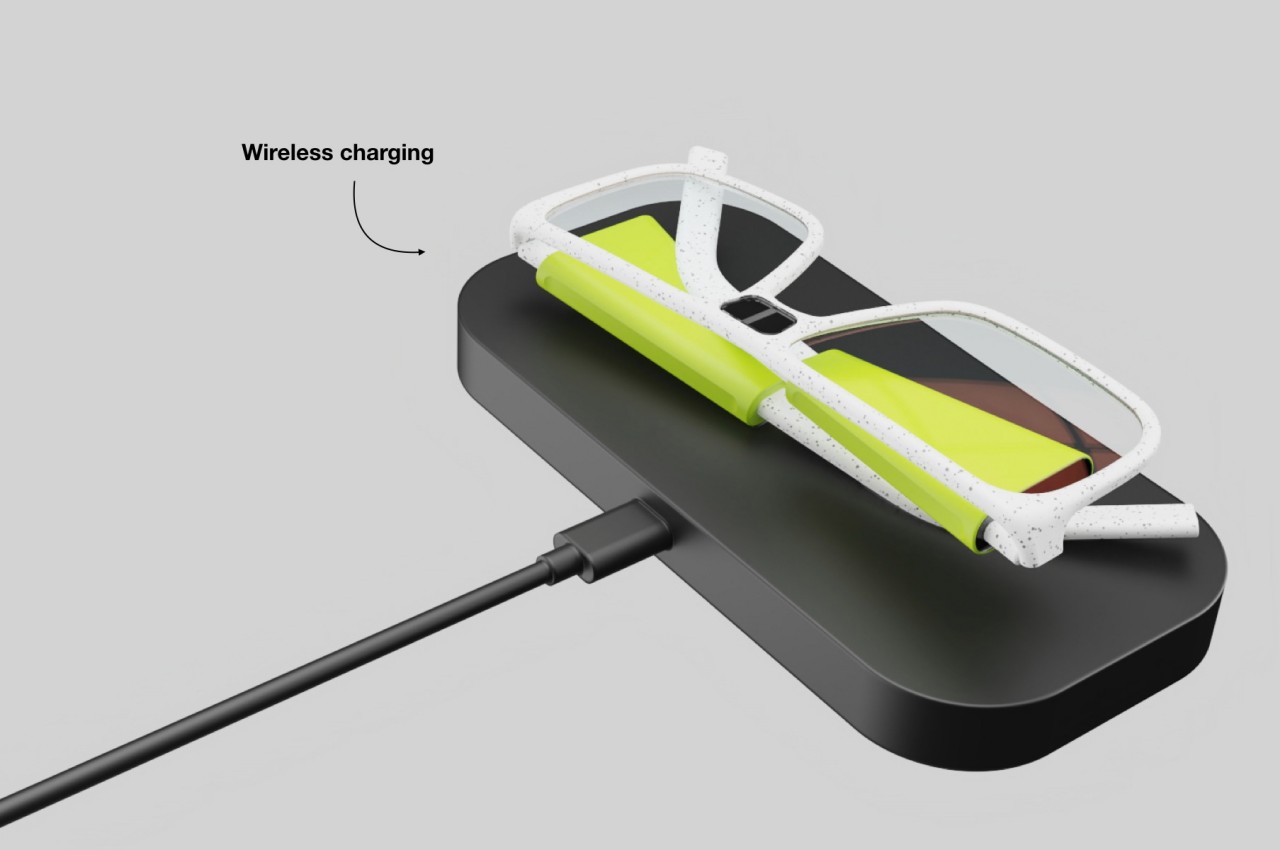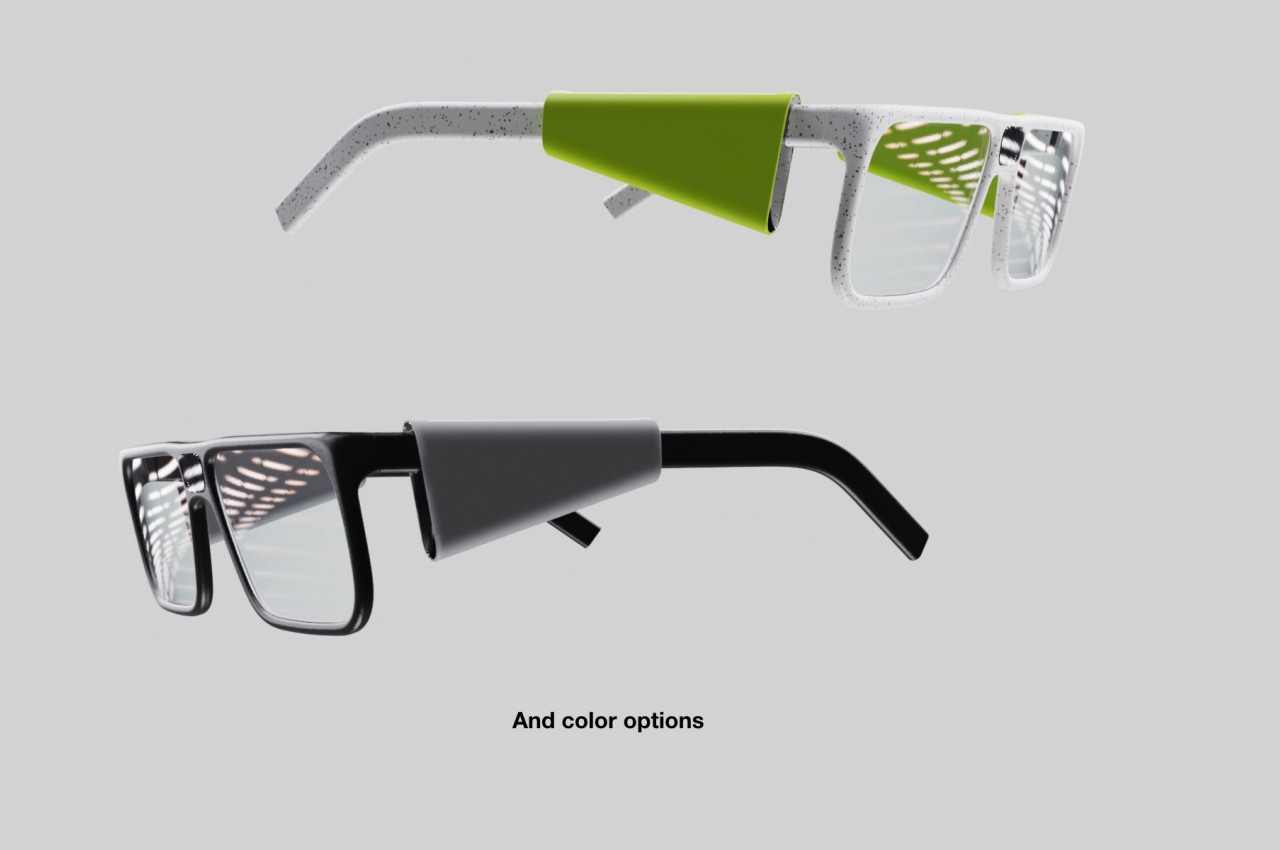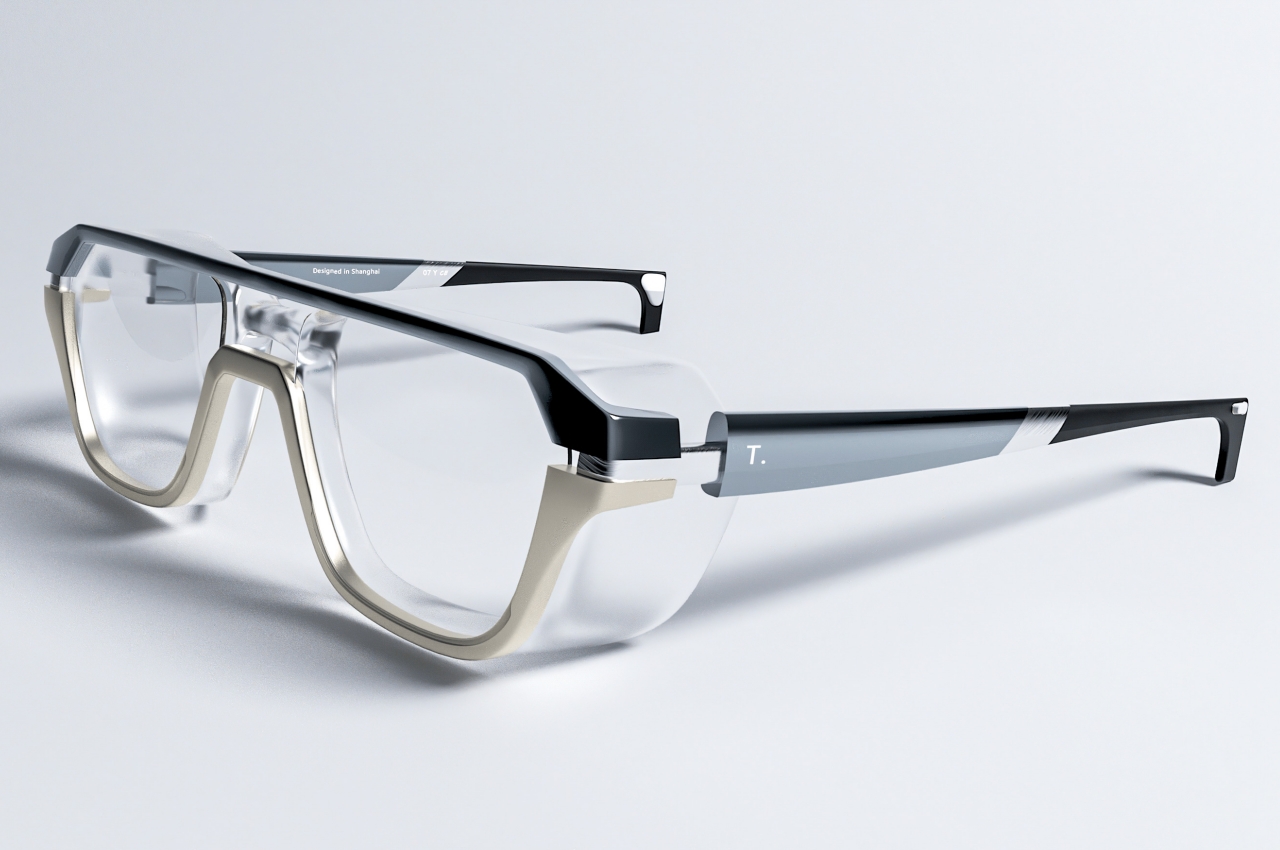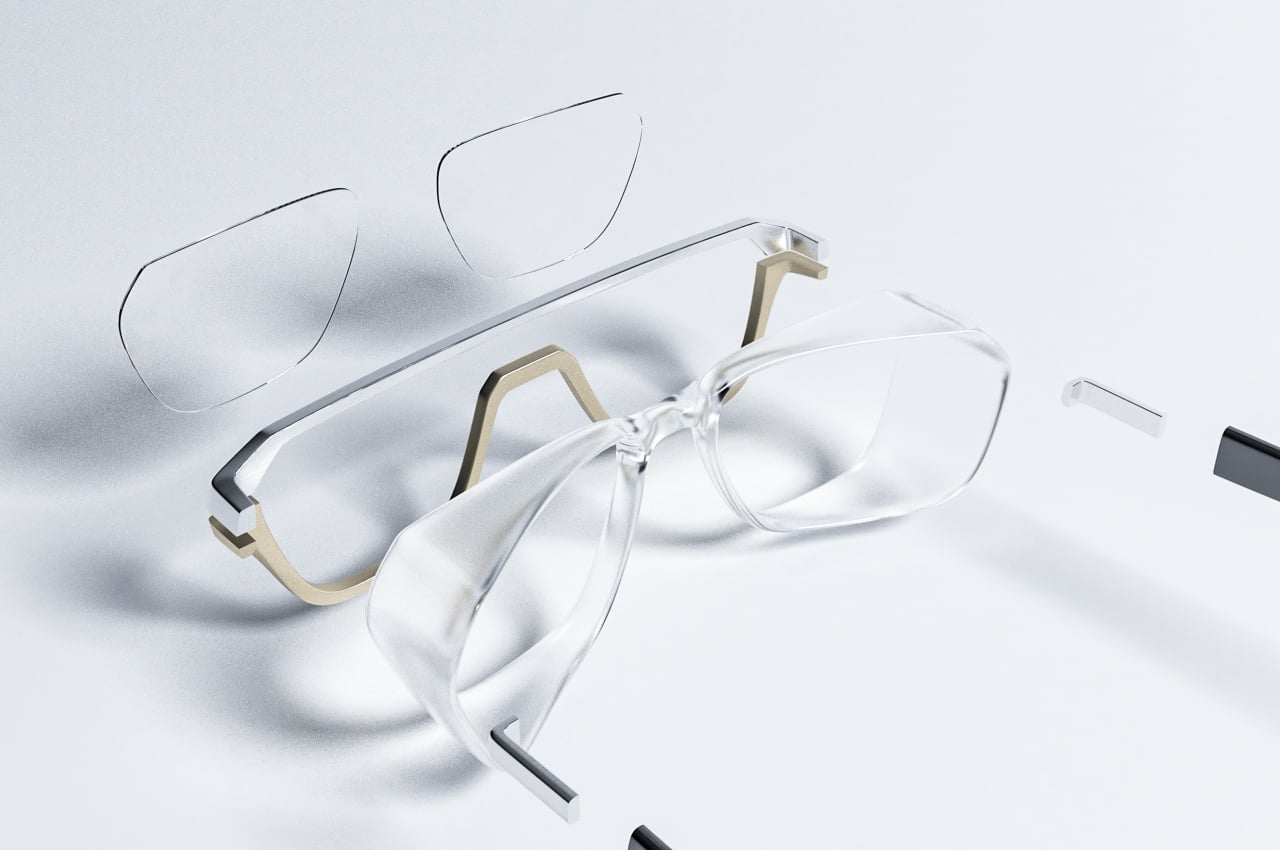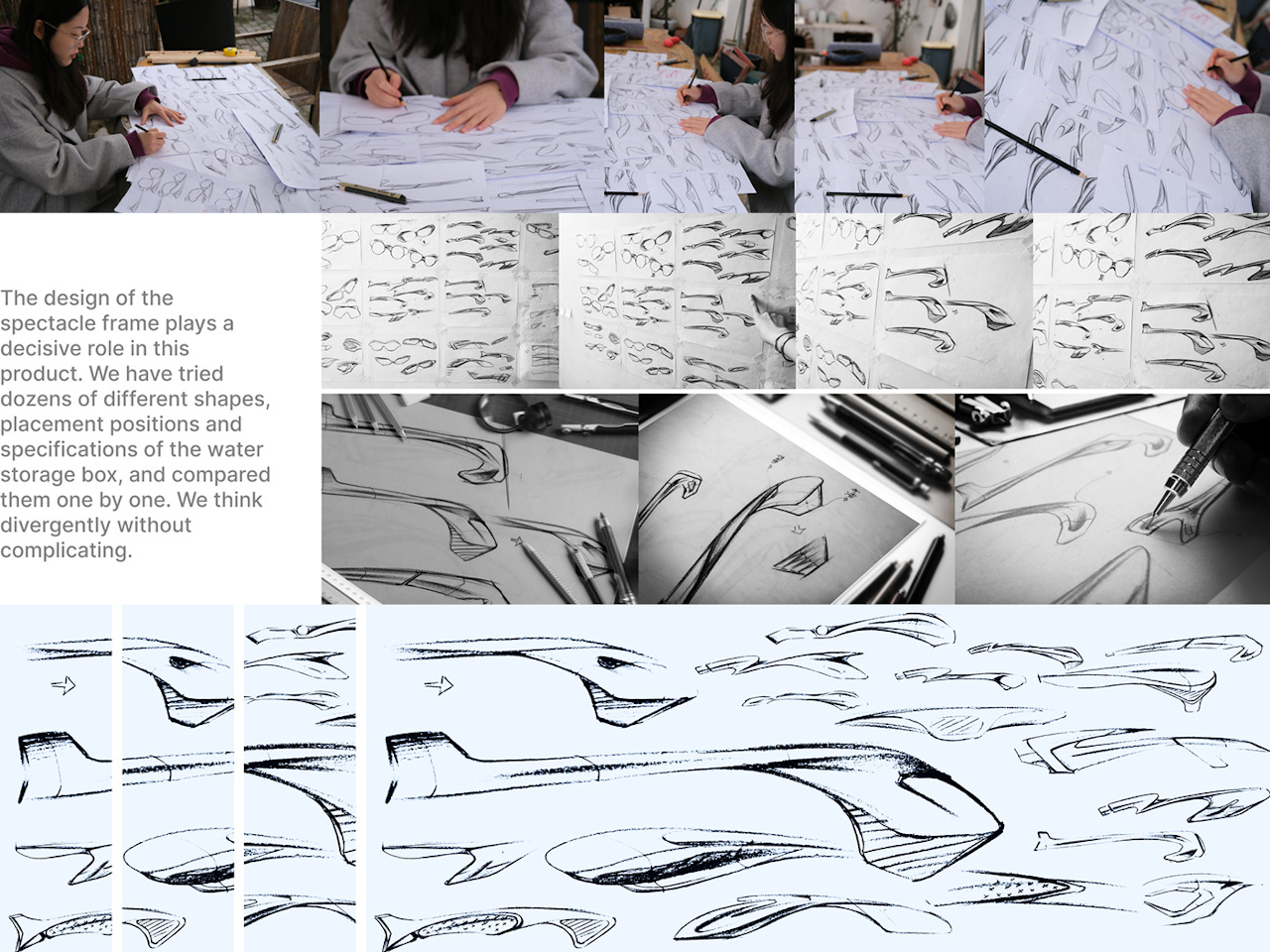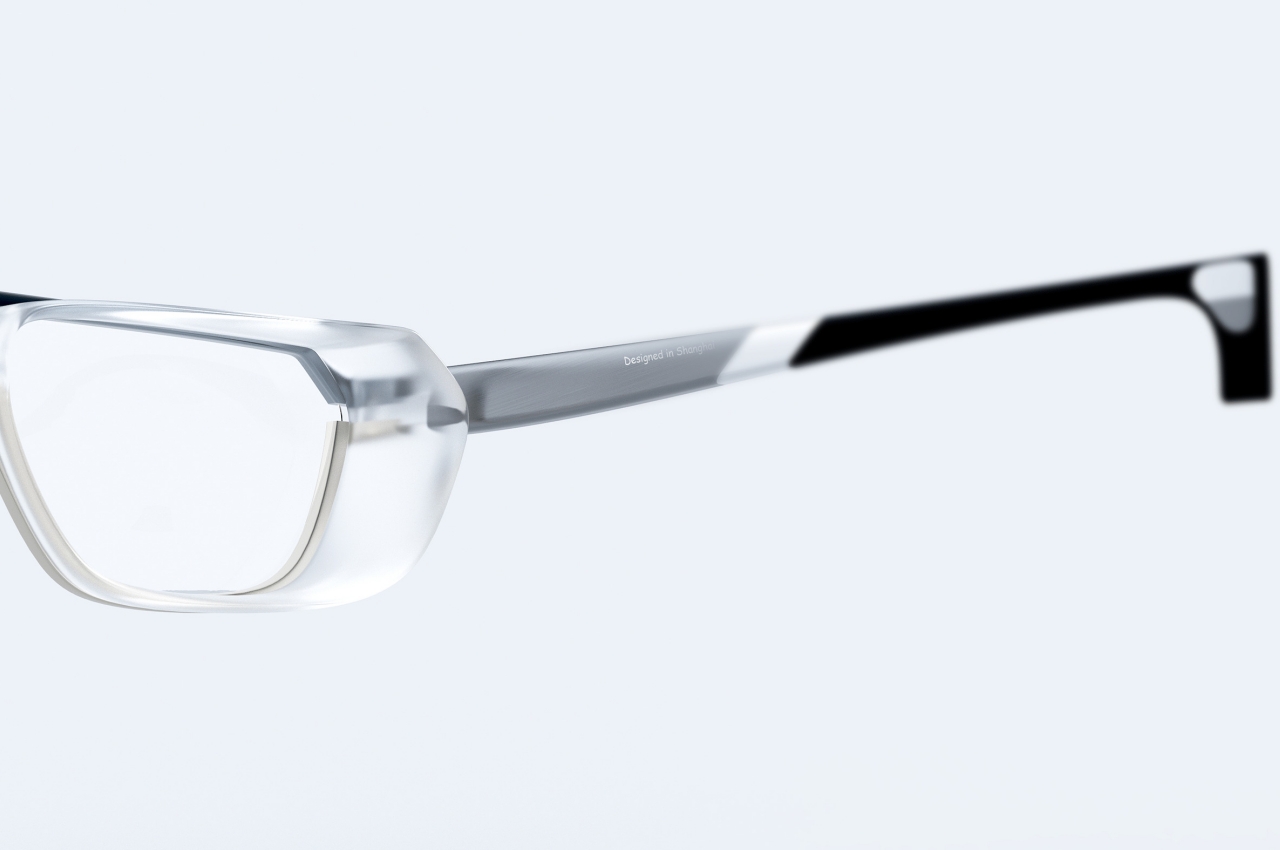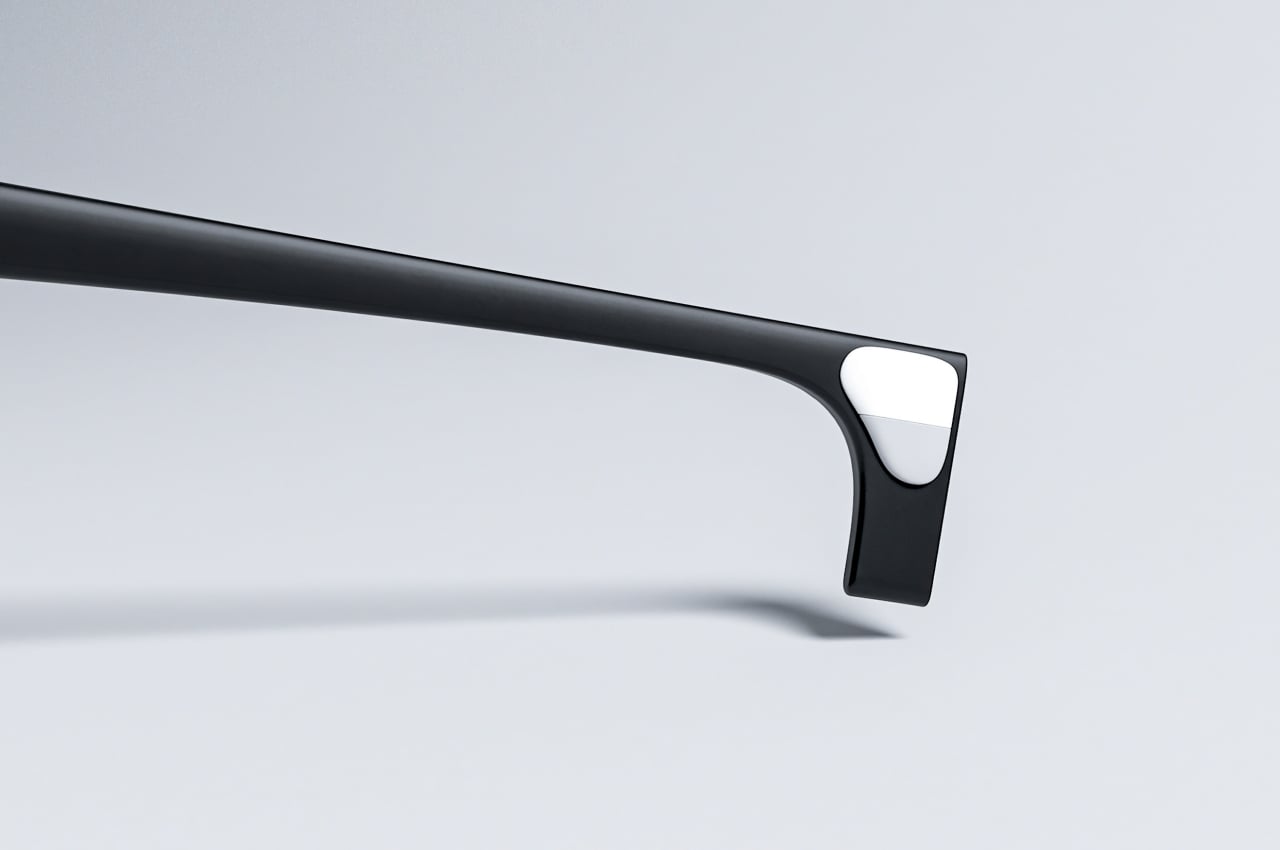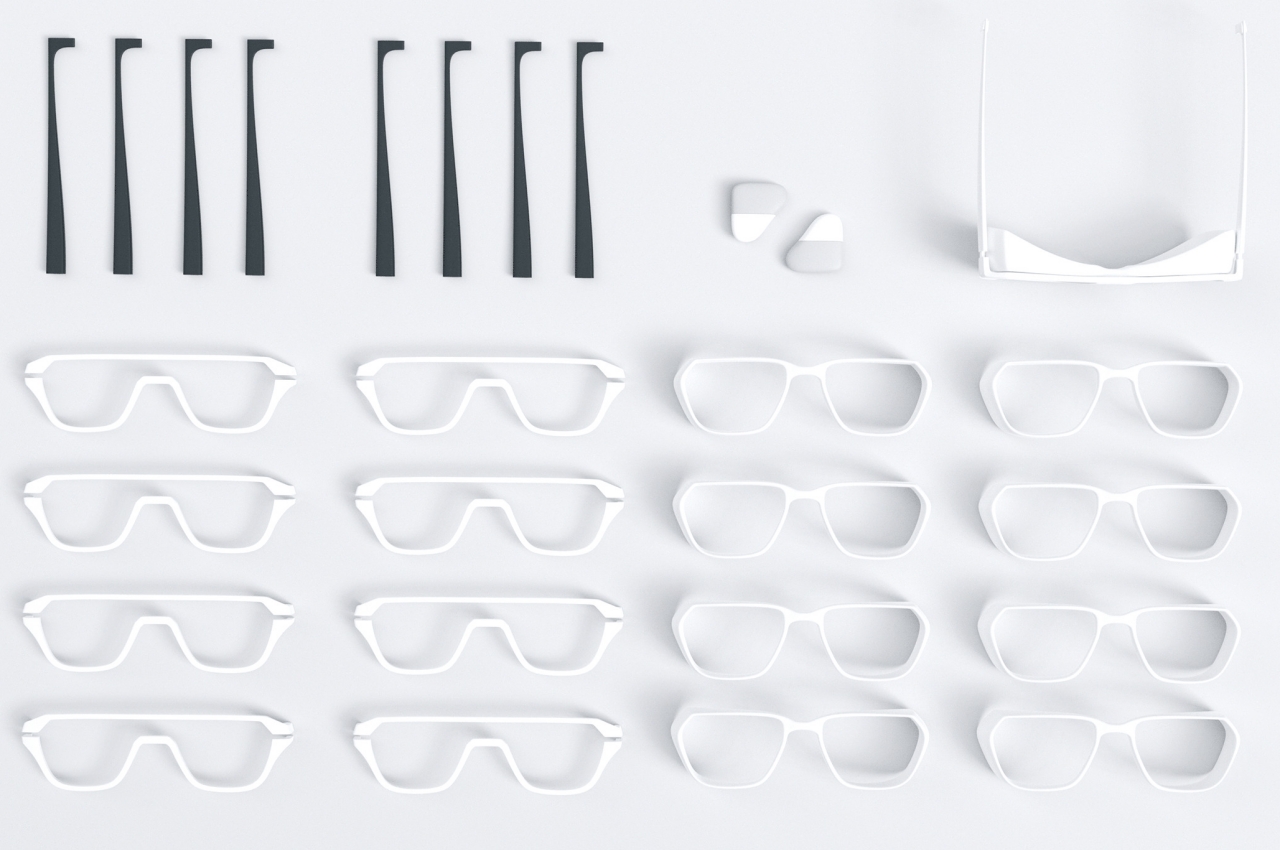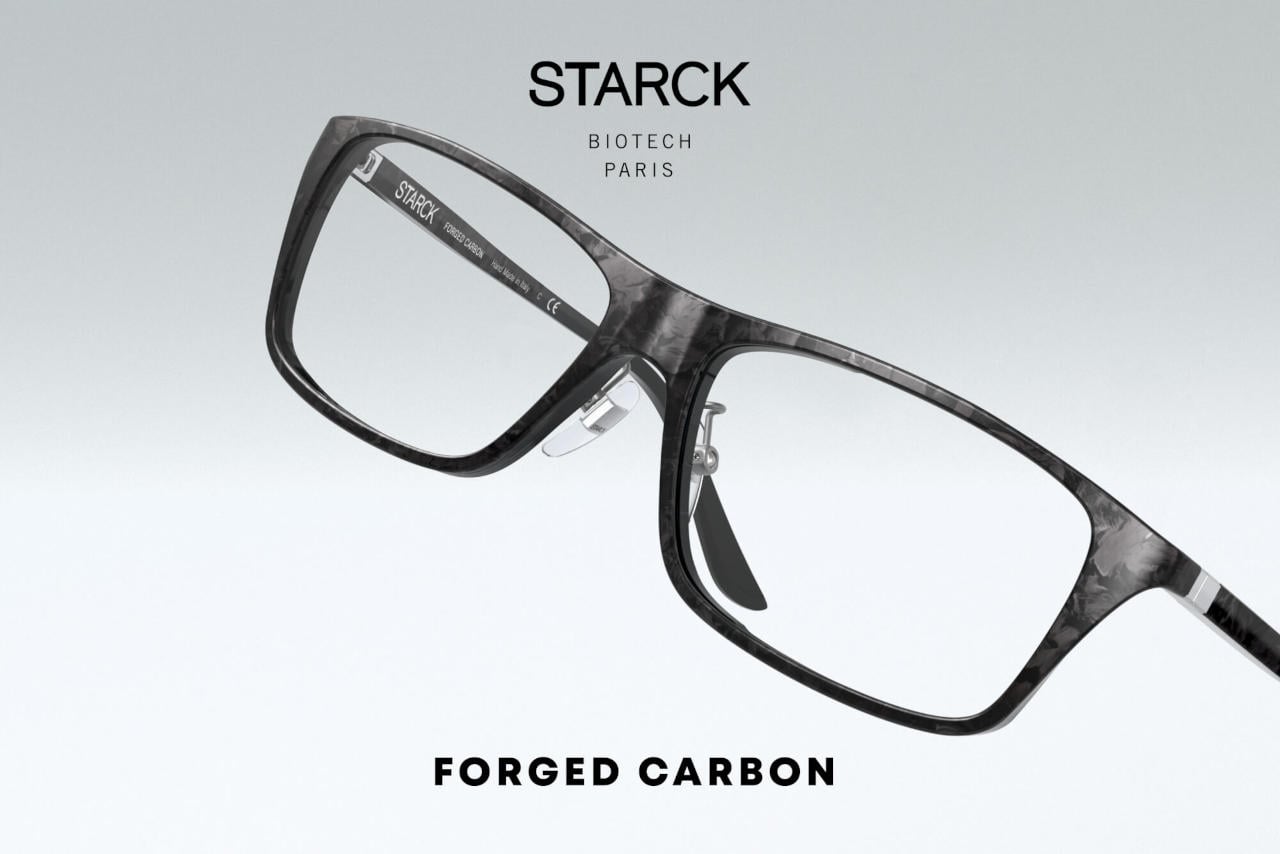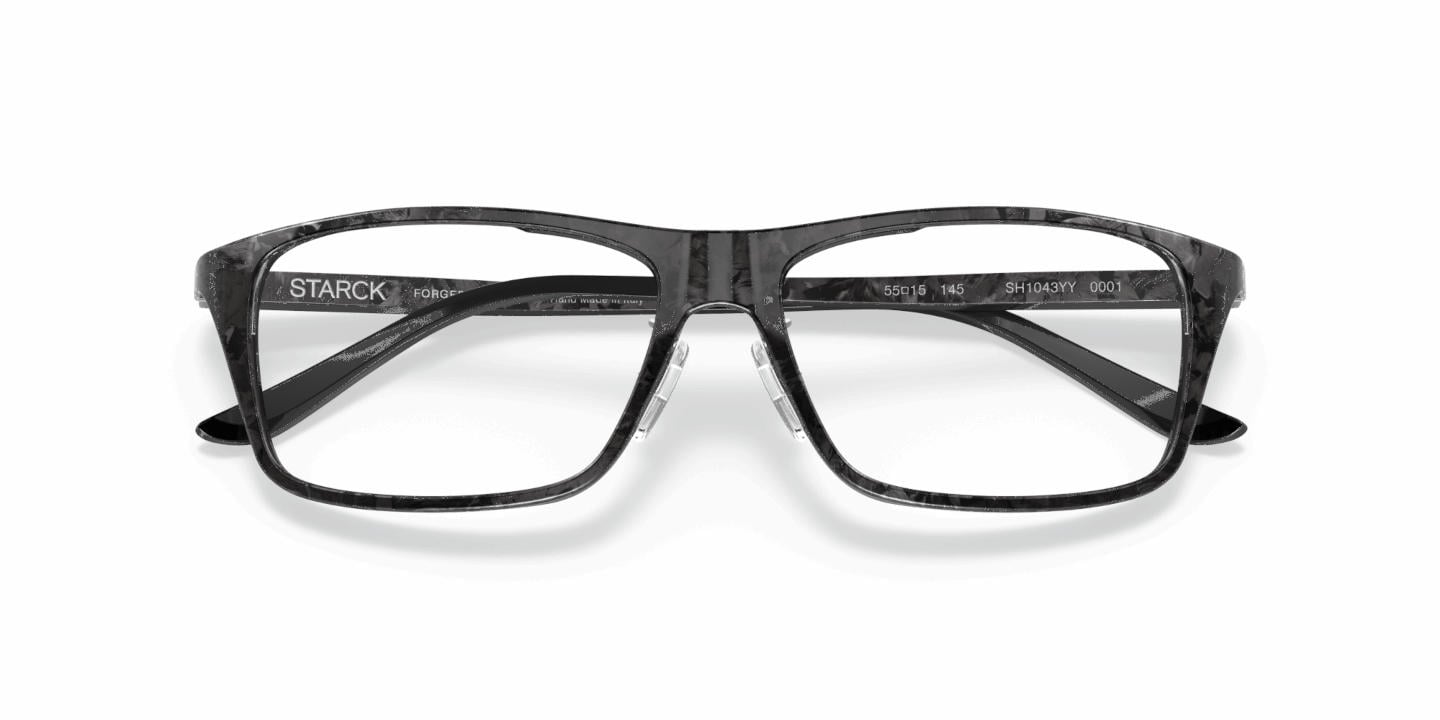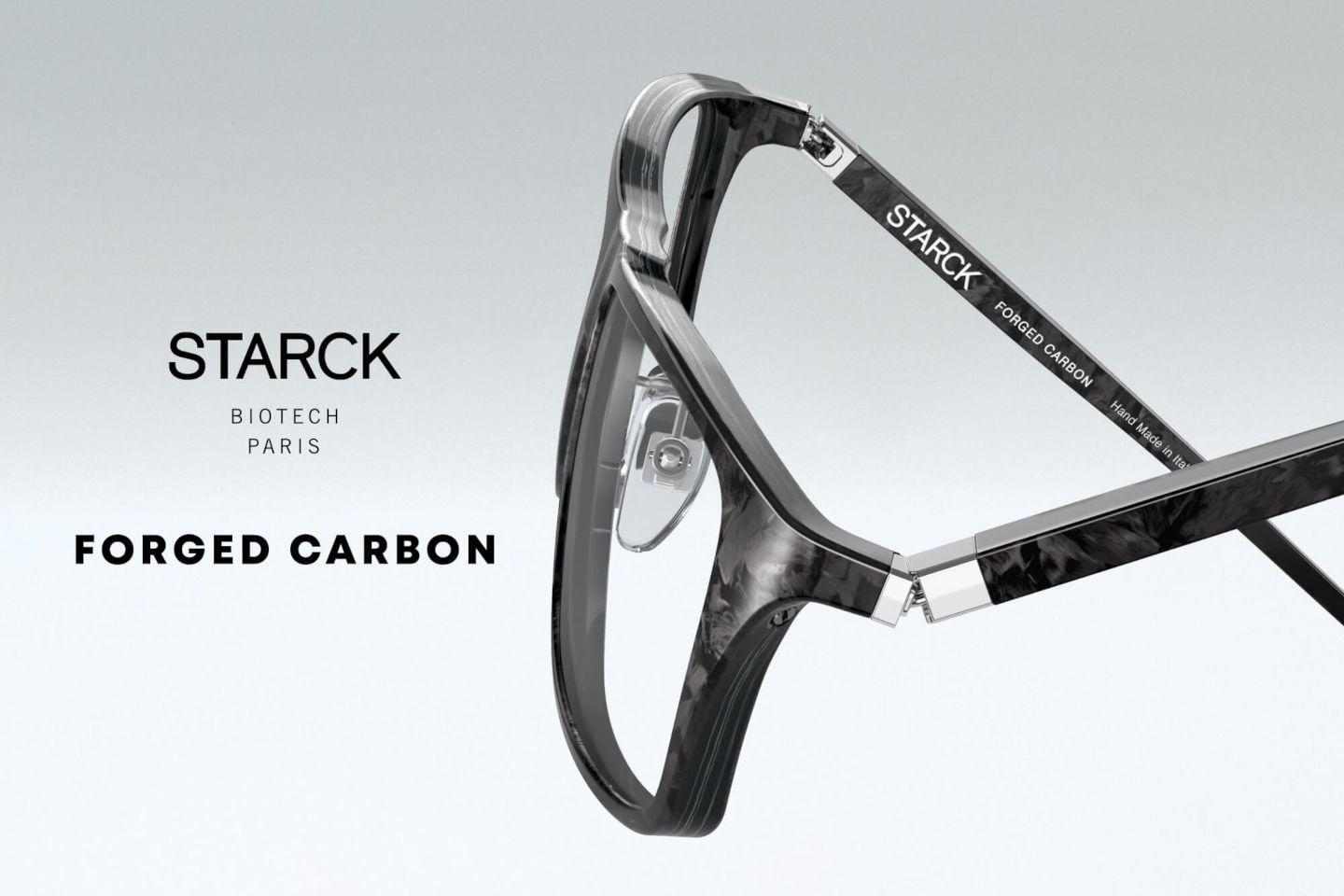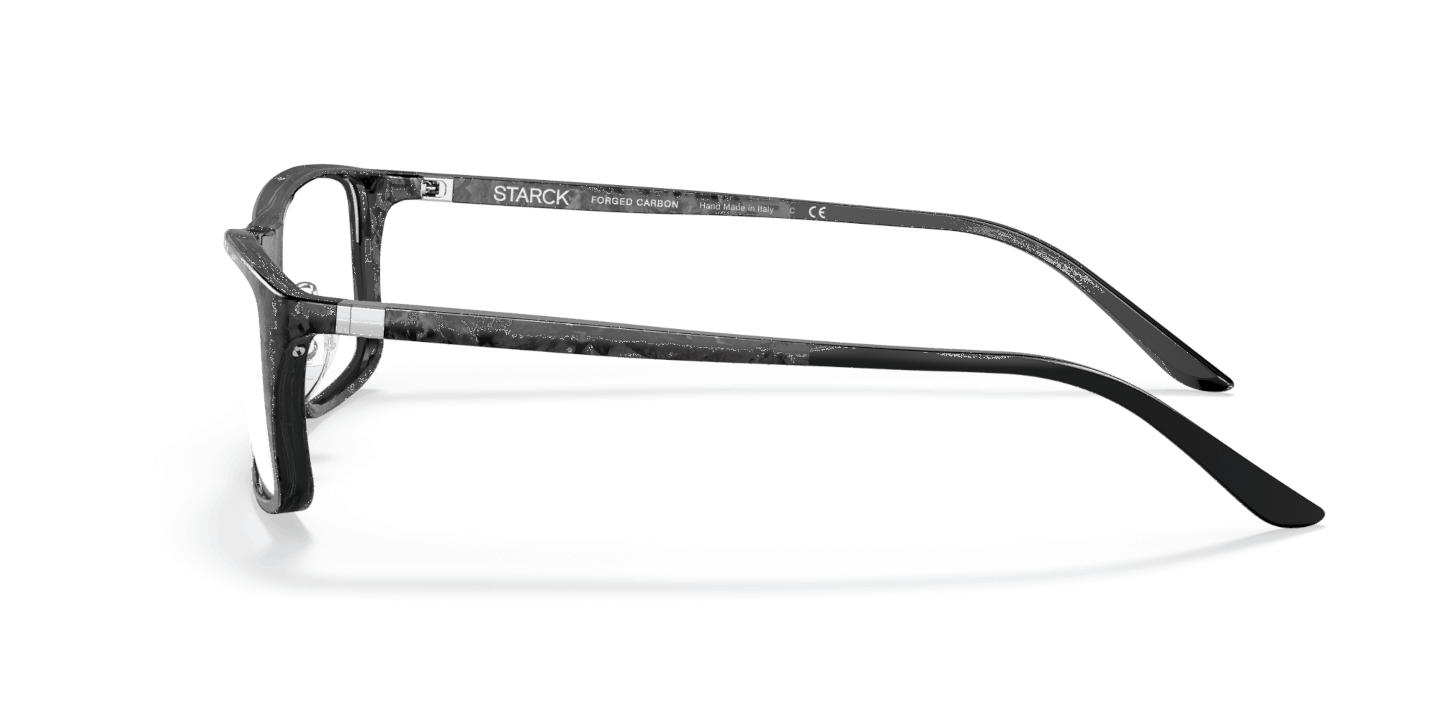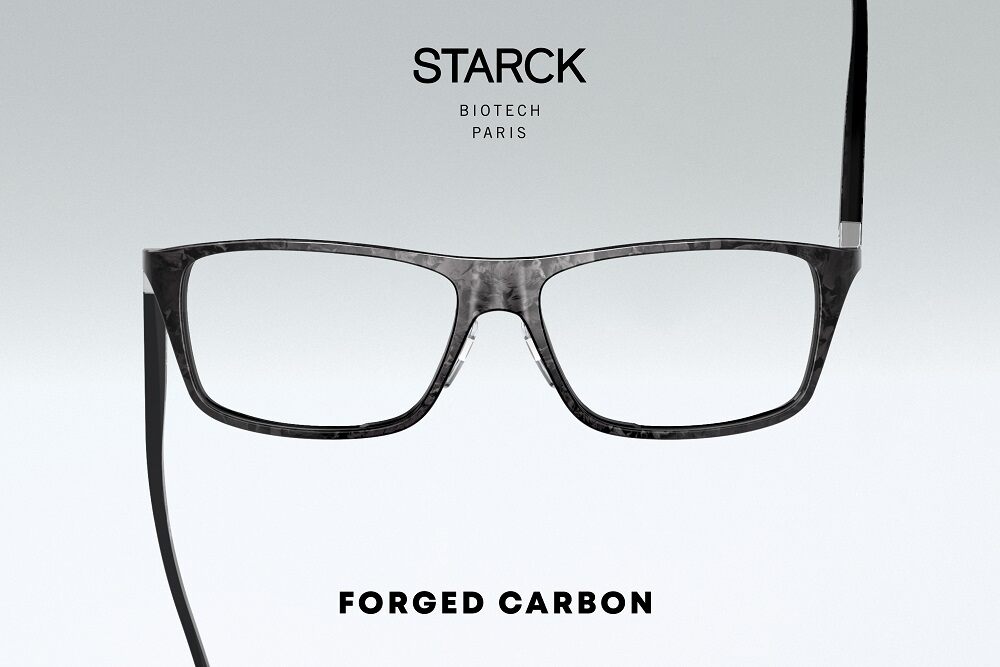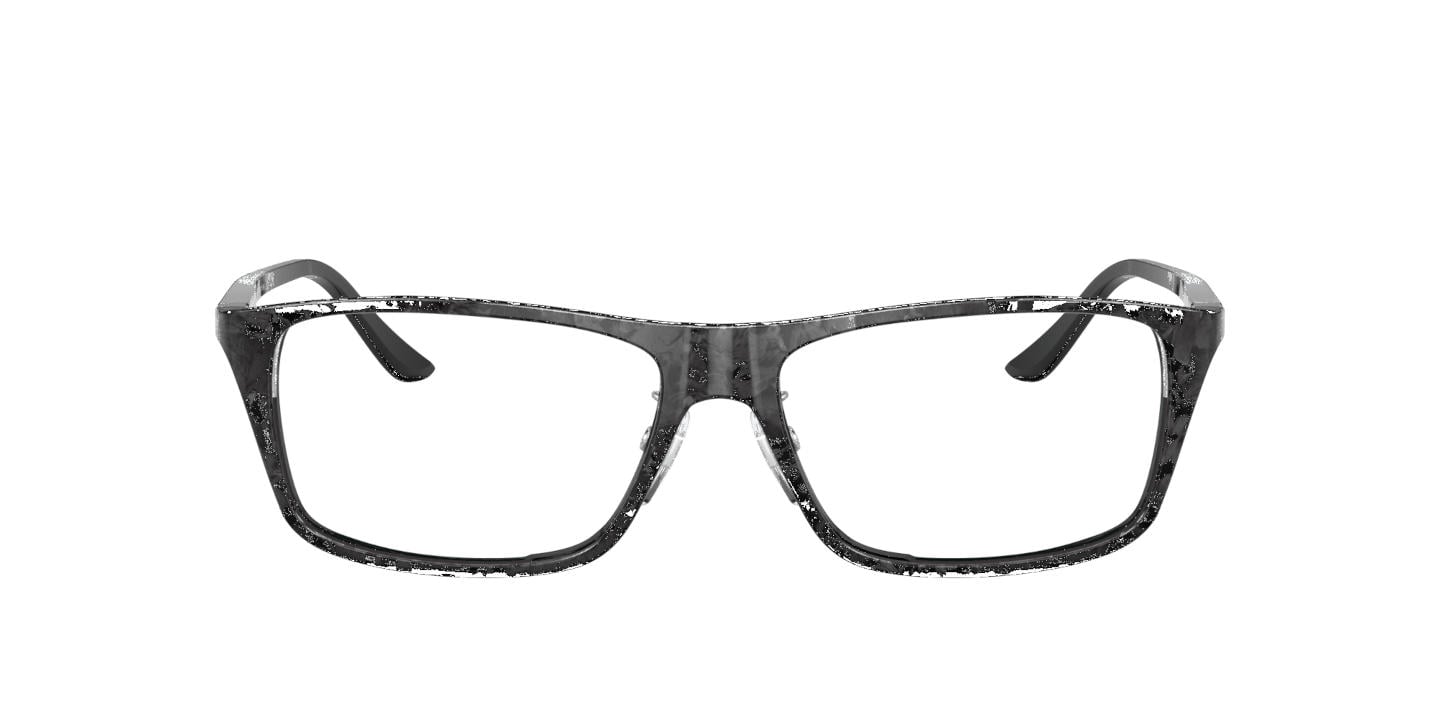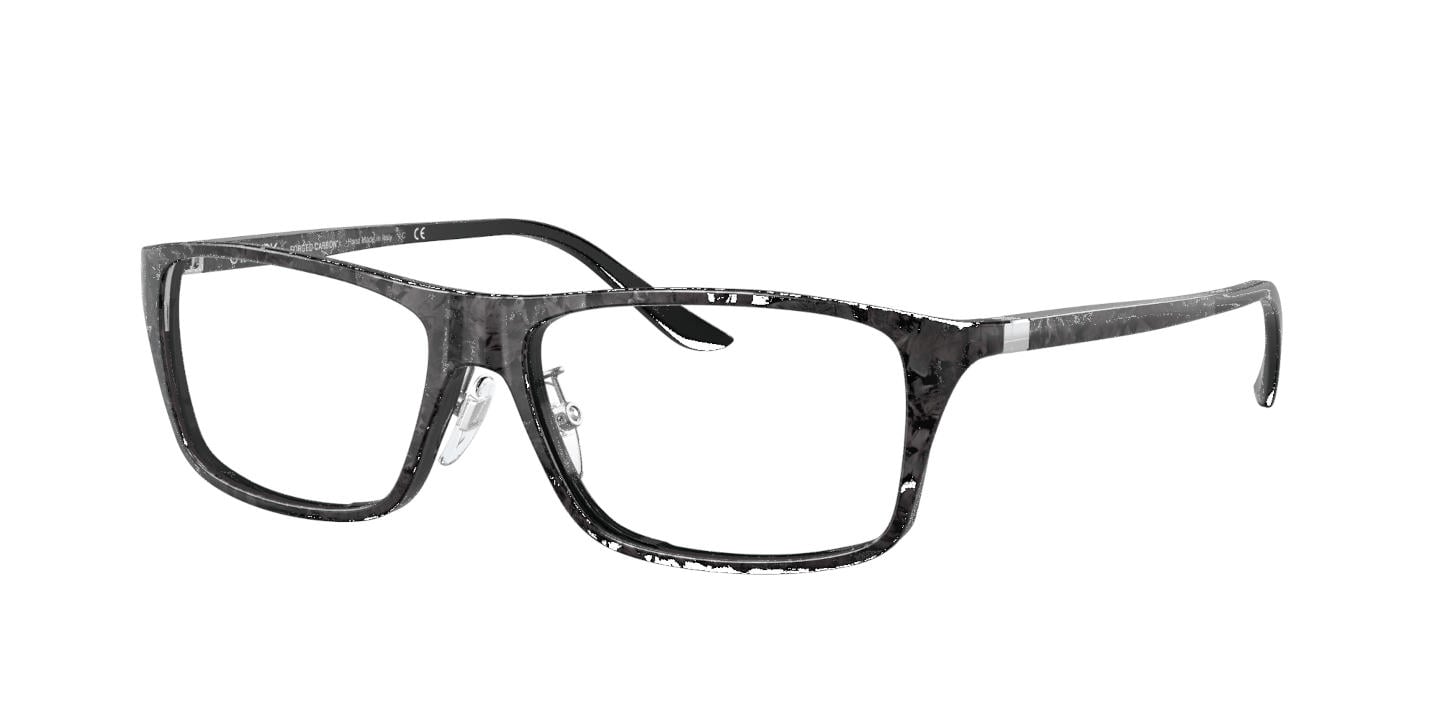For centuries at this point, the way we chose our spectacles has been pretty standard. You try on hundreds of frames, hoping to stumble across the one that fits your facial measurements, sense of style, and comfort levels. This is a long-drawn process that takes time, energy, and effort without the guarantee that you’ll ever find the perfect frame. Breezm flips the process over by reverse-engineering it. Instead of looking for pre-made frames for you, Breezm analyzes your face shape, measurements, and style requirements and builds out the perfect pair of frames for you. Instead of rummaging through hundreds of frames before finding one that feels ‘satisfactory’, Breezm just creates a bespoke pair of glasses designed to suit your needs. Using as many as 100,000 data points, Breezm helps you find the right glasses that suit you perfectly in mere seconds… because the glasses that you get were ‘made for you’.
Designers: Zenma Park, Will Sung, MG Cho & Ted Choi
Click Here to Buy Now: $129 $198 (35% off). Hurry, for a limited time only!
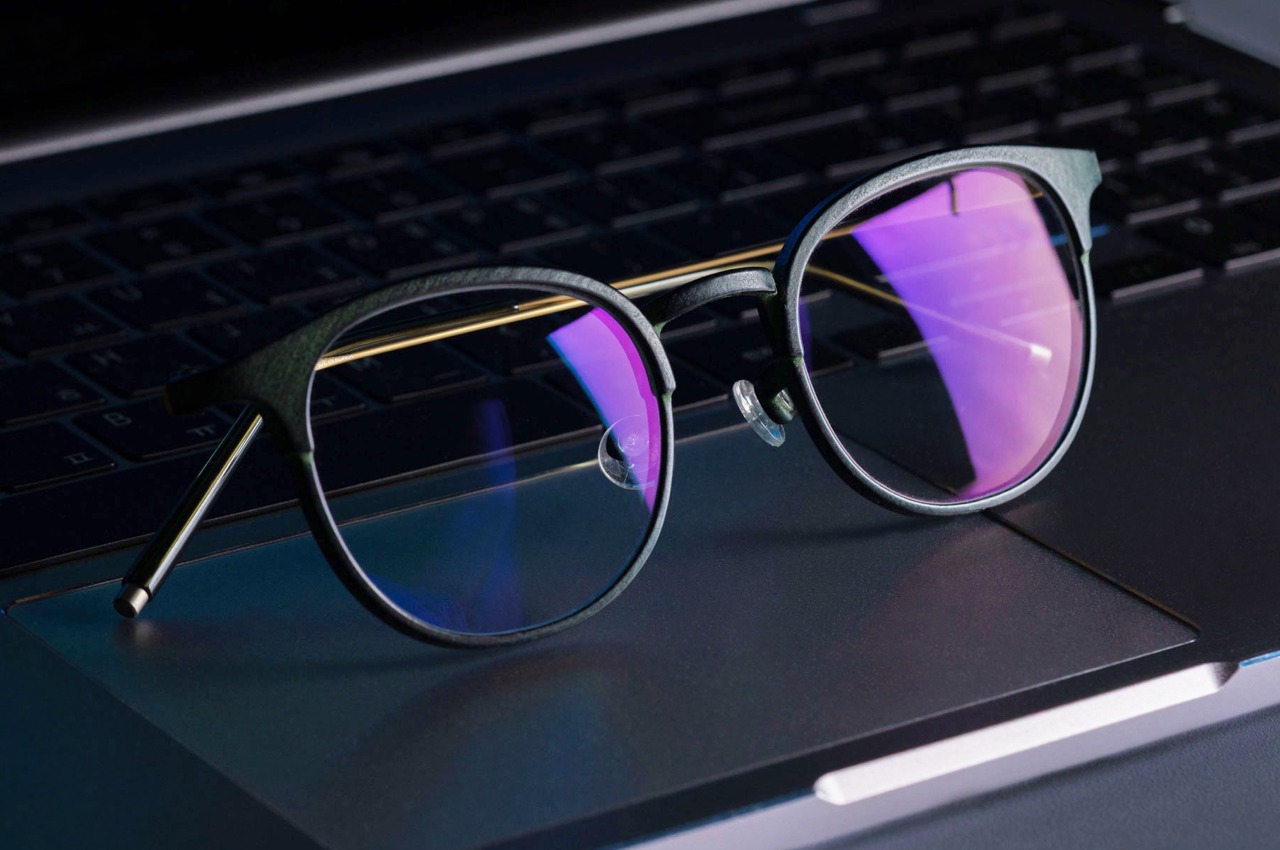
Almost like a modern version of Cinderella’s glass-shoe story, Breezm is using AI and advanced 3D printing to disrupt the spectacle industry. A winner of the CES Award, Red Dot Design Award, and the iF Design Award, Breezm’s frames are bespoke, lightweight, affordable, durable, and sustainable.
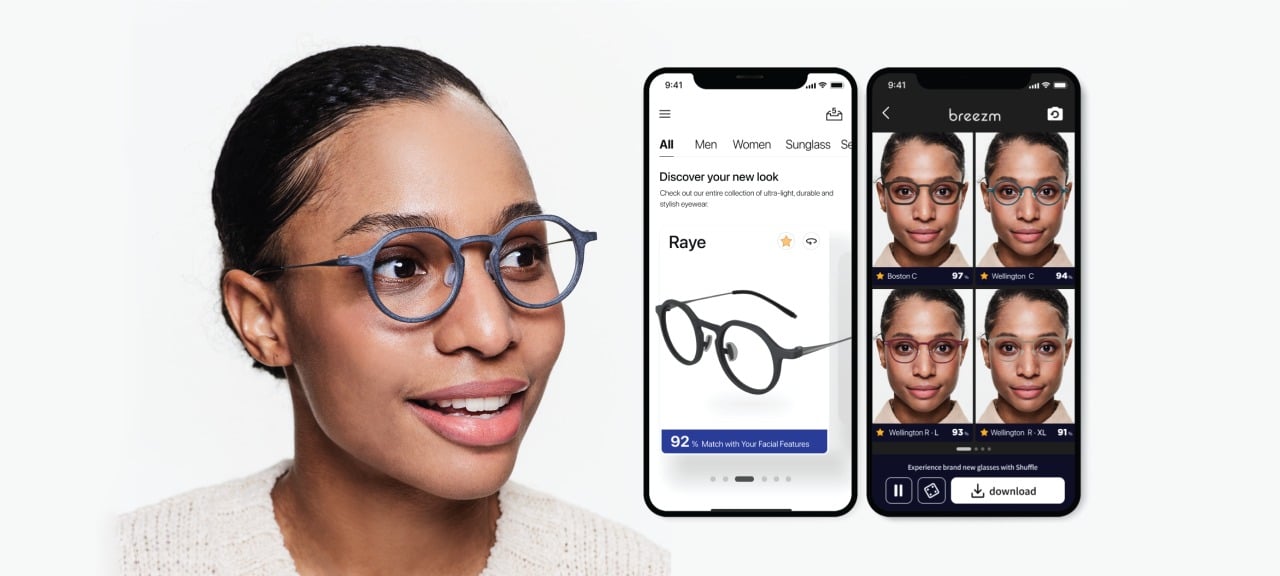

The process for getting your pair of Breezm glasses starts with simply scanning your face using their proprietary A.I.-powered iOS mobile app, which calculates multiple factors, like your face width and height, pupillary distance, nose height and width, and even more nuanced features like your pantoscopic angle (or the tilt of your eyes and face). All these inputs get fed into Breezm’s database which allows it to generate frames for you based on your ergonomic requirements. You can then view the virtual glasses superimposed over your face on their iOS app and choose the style that suits you the best. You can even choose from 8 different colors as well as lens characteristics for a pair of glasses that are 100% unique to you and made to order, quite like a good, well-tailored suit.
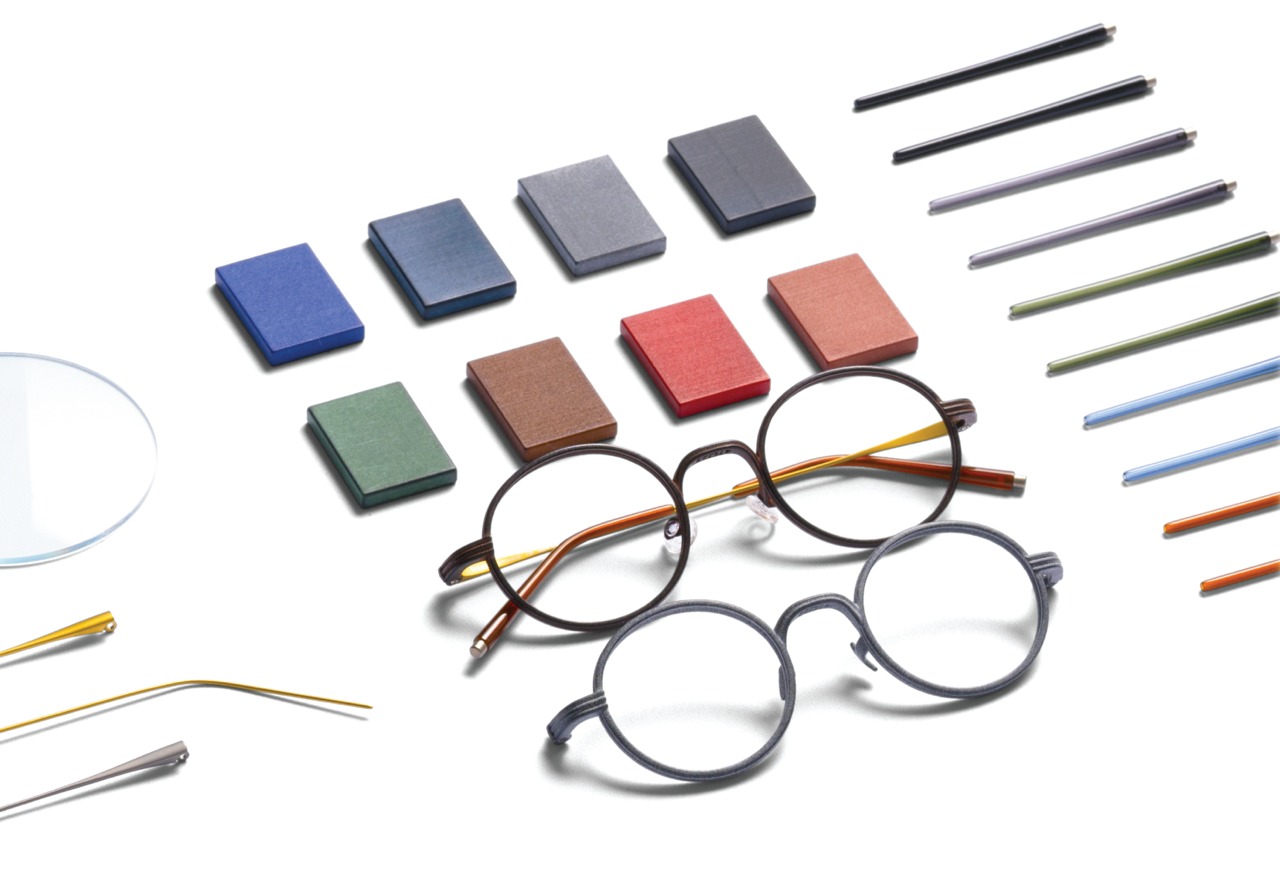
Personalize – Mix and match the colors on their iOS app based on their 23 frame designs that flatter every face shape and skin tone.

Crafted for Ultimate Comfort – Based on the scan results, their Al recommends an array of frame designs that best suit you.

Light as a Feather – Weighs 7g.

Prescription-ready Premium Lens – All their lenses are prescription-ready and benefit from top treatments, including anti-scratch, anti-reflection, and UV protection.


High Precision 3D Printing – 3D printed in their smart factory using the industry’s most advanced Multi Jet Fusion and Selective Laser Sintering printers. The printers’ powder bed fusion process ensures top-level consistency, precision, and quality.

Dyeing & Drying – Their in-house dyeing machinery and process bring out eight unique colors.
The frames you get aren’t your standard acetate glasses. Unlike acetate frames that result in vast amounts of plastic wastage, Breezm’s frames are 3D printed using selective laser sintering, which results in virtually no wasted material while also helping create frames that are 6x lighter (at just 7 grams) and have a wonderful smooth finish. This doesn’t just make Breezm’s frames sustainable, but also goes a long way in making them affordable for their style (because there’s less material wastage but also because each pair of glasses is made to order and shipped directly to consumers without any middlemen). The frames are made from an FDA-approved PA-12 (Polyamide) material that’s more durable than acetate too before being outfitted with beta-titanium temple stems, and you can additionally choose to have your Breezm spectacles outfitted with a variety of lens types including 1.67 high index lenses, blue-light blocking ones, photochromic ones, and even tinted lenses so you can rock your frames as sunglasses.
Starting at $129, the Breezm frames come with a premium protective case, a microfiber lens cloth, an eyewear personalization report, and a bookmark made from leftover raw material. The Breezm iOS app is set to launch this October once their Kickstarter campaign ends.
Click Here to Buy Now: $129 $198 (35% off). Hurry, for a limited time only!
The post These 3D-printed glasses are custom-designed using biometric scans of your face first appeared on Yanko Design.











